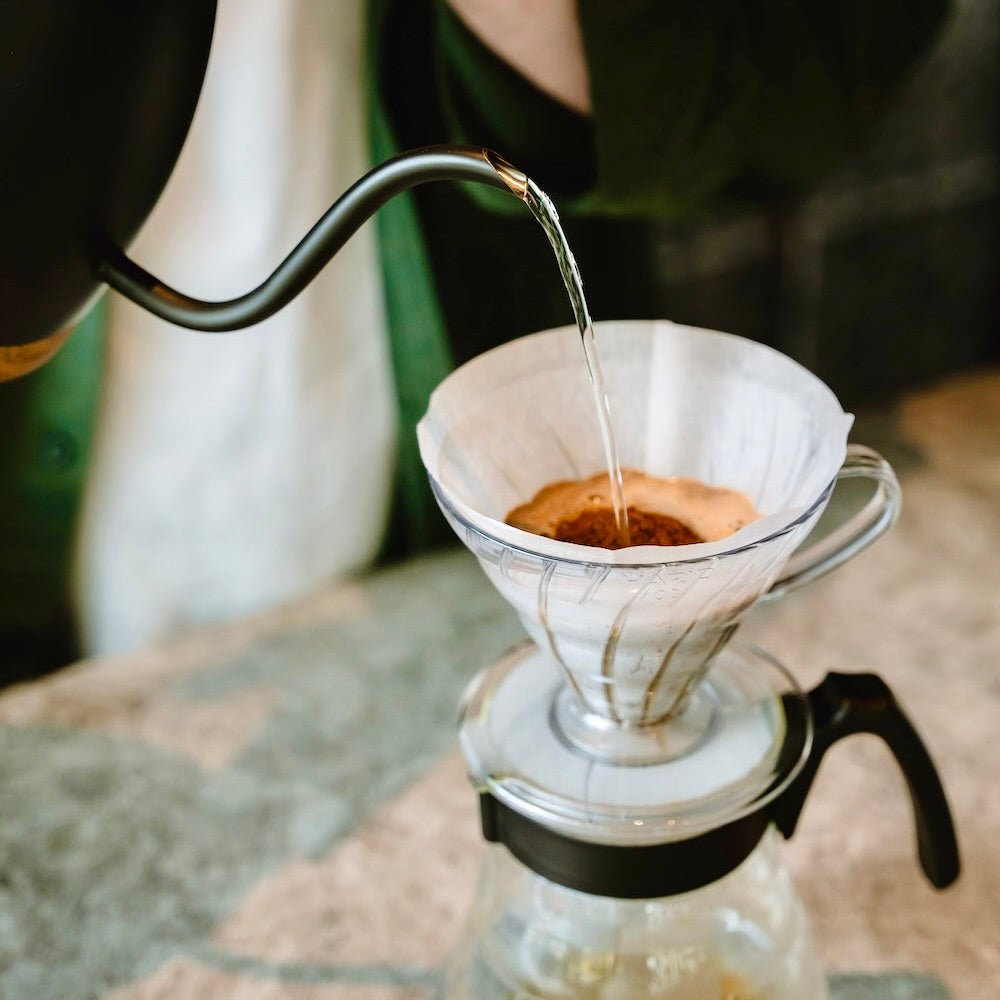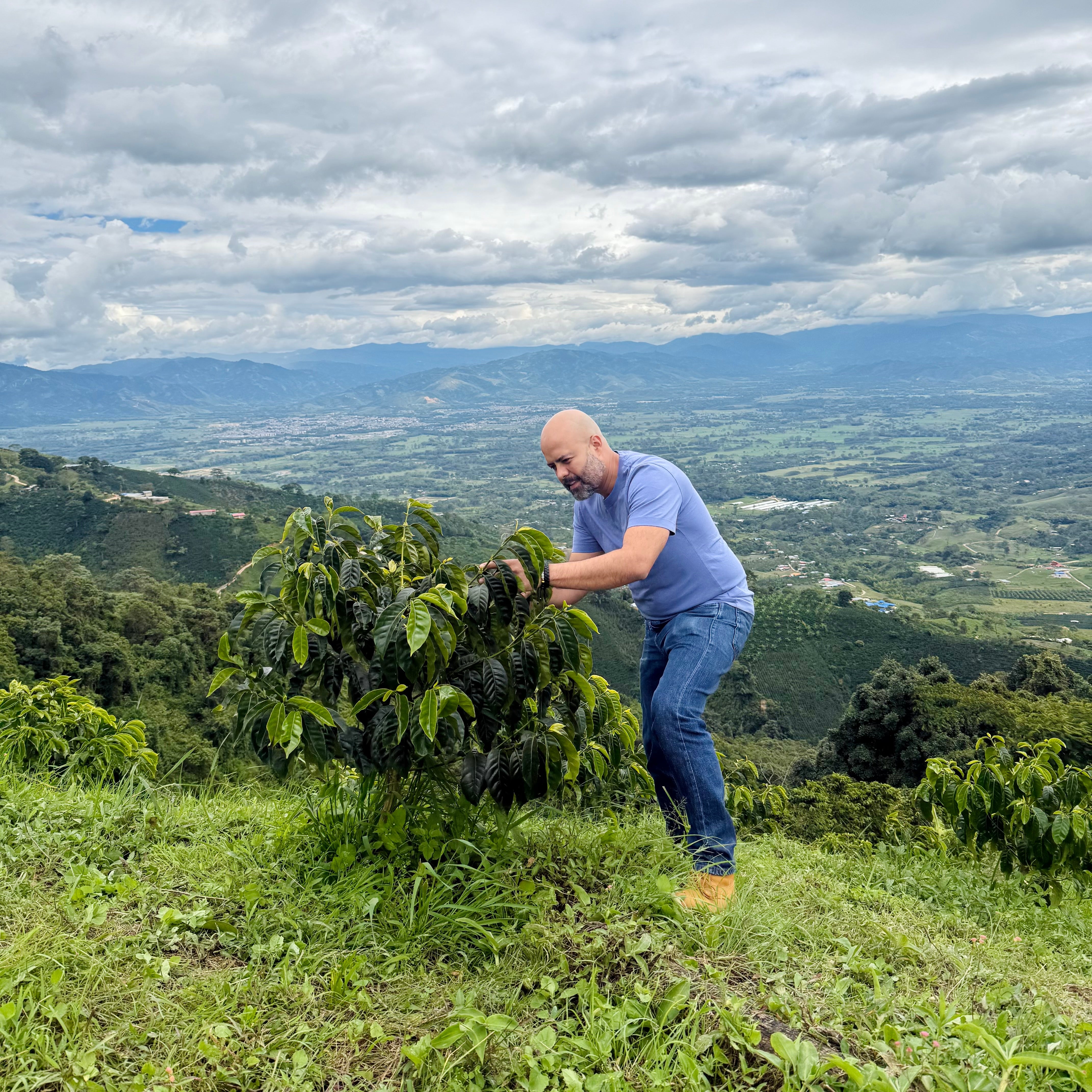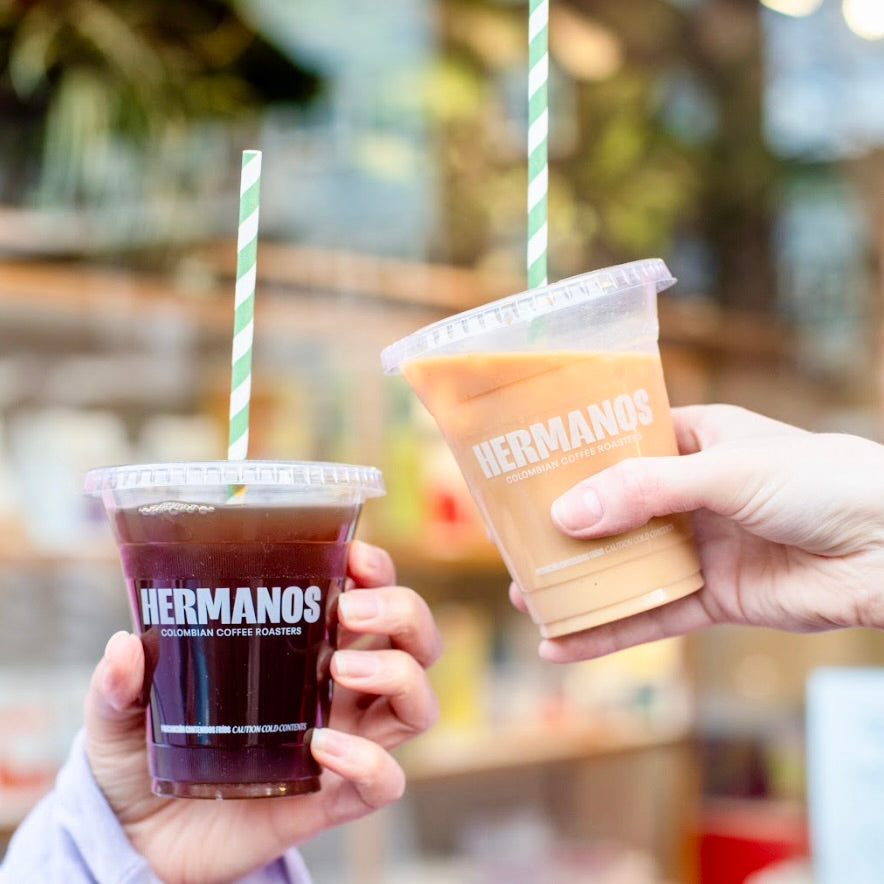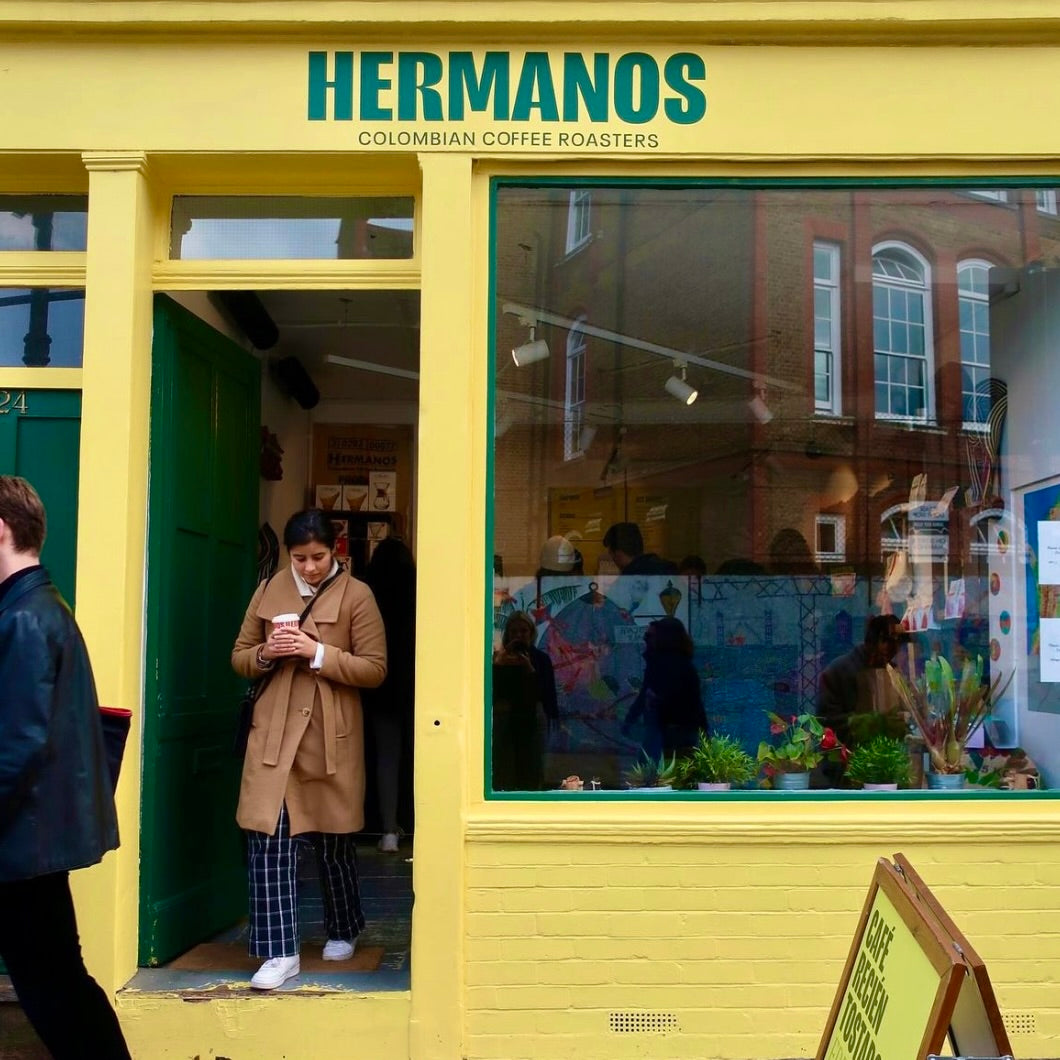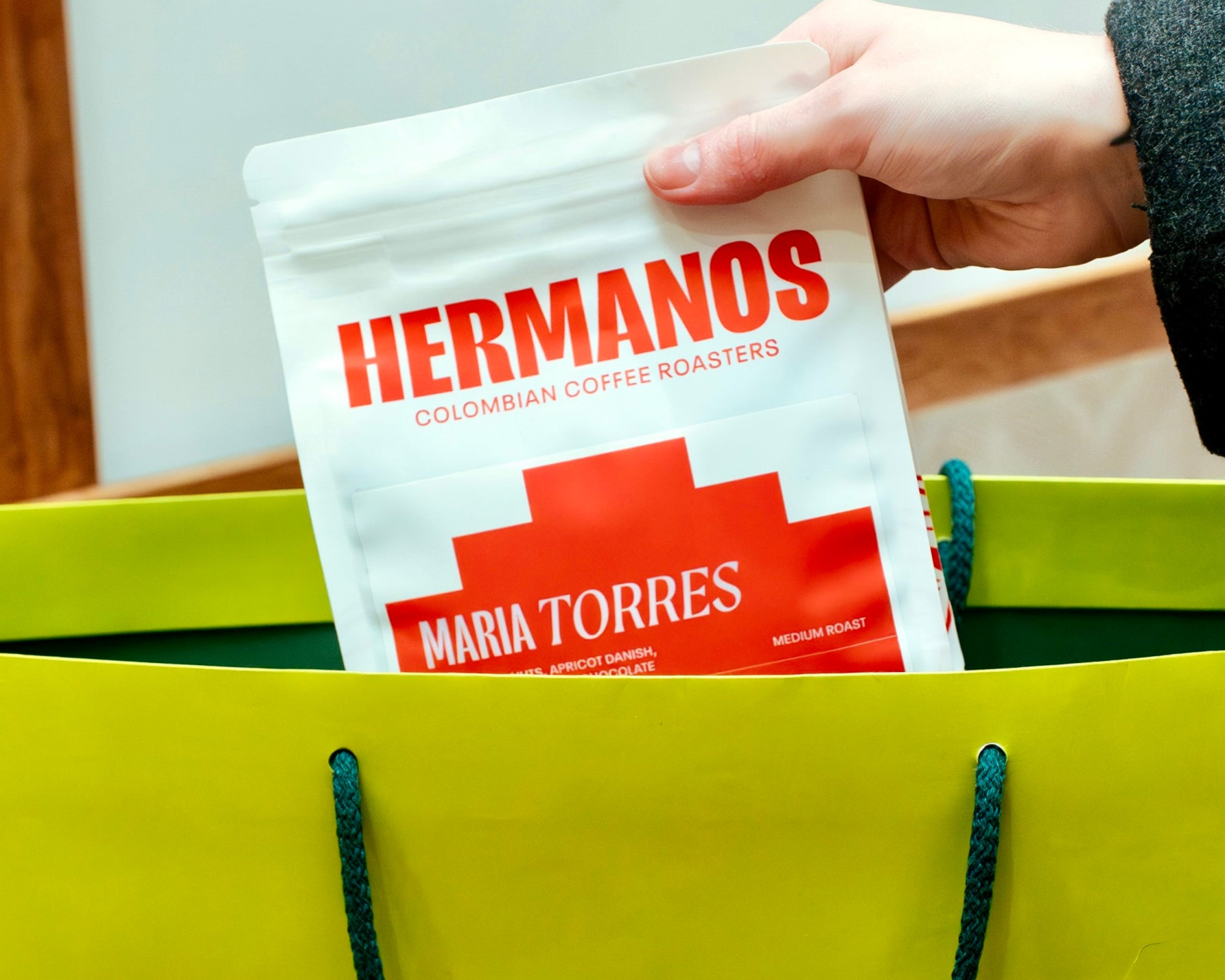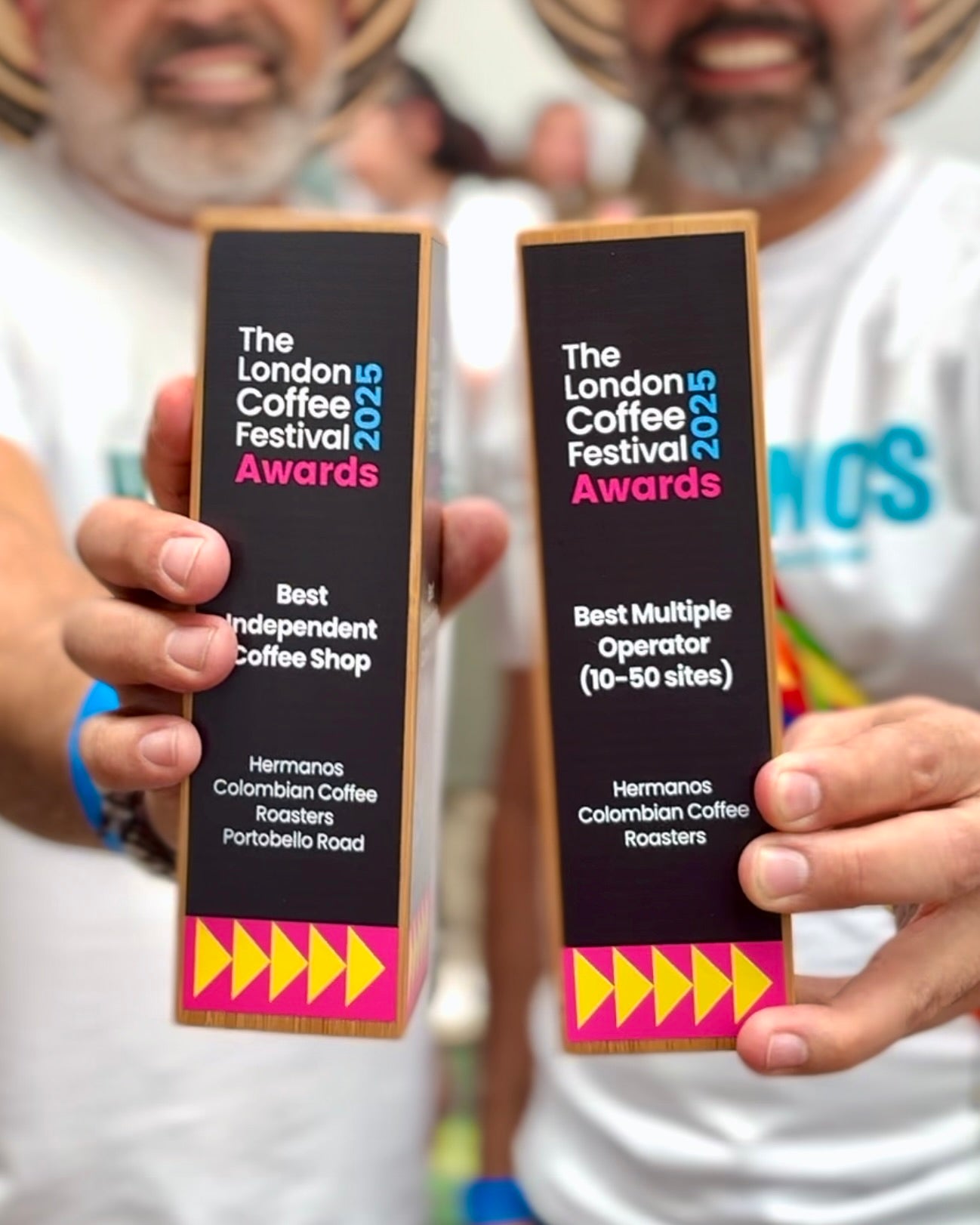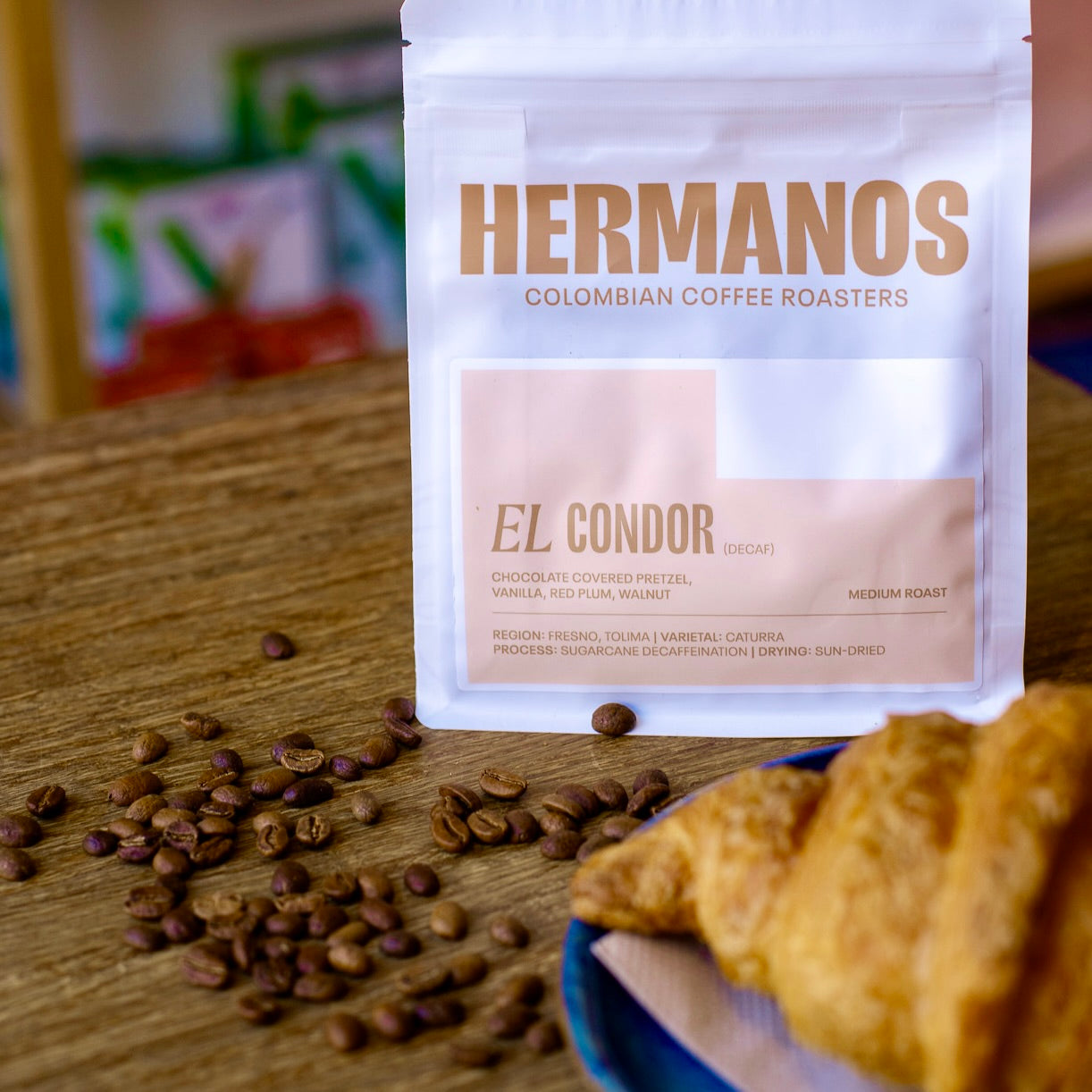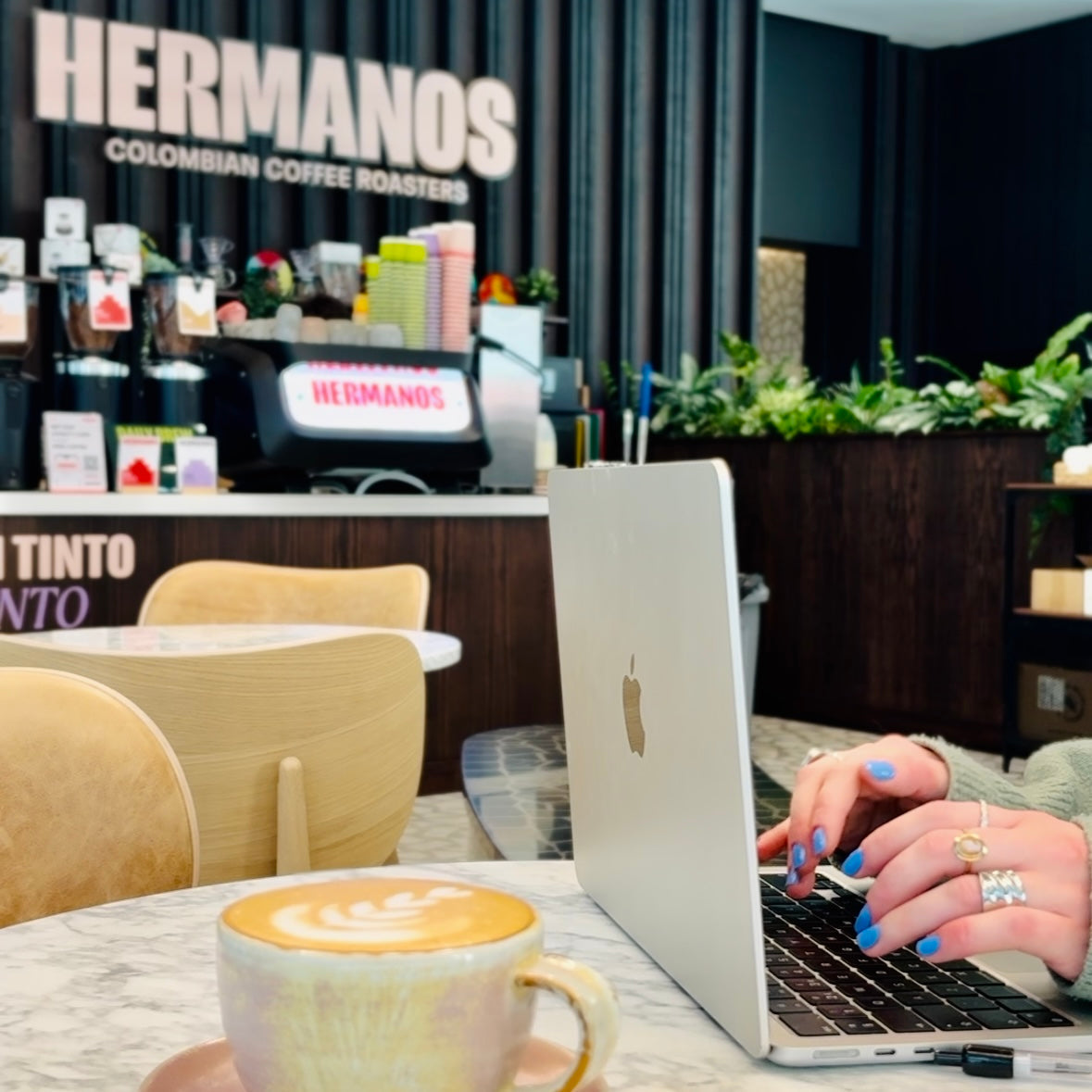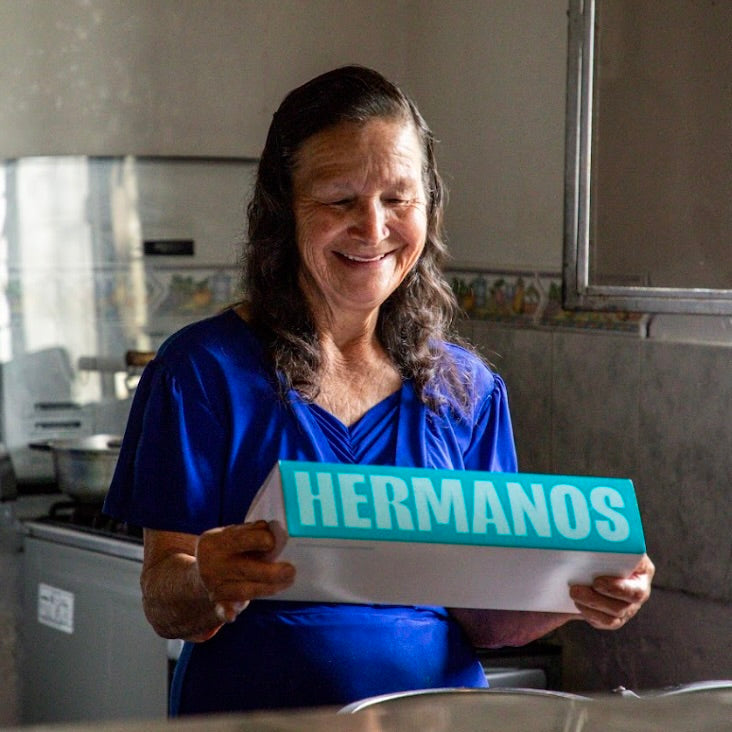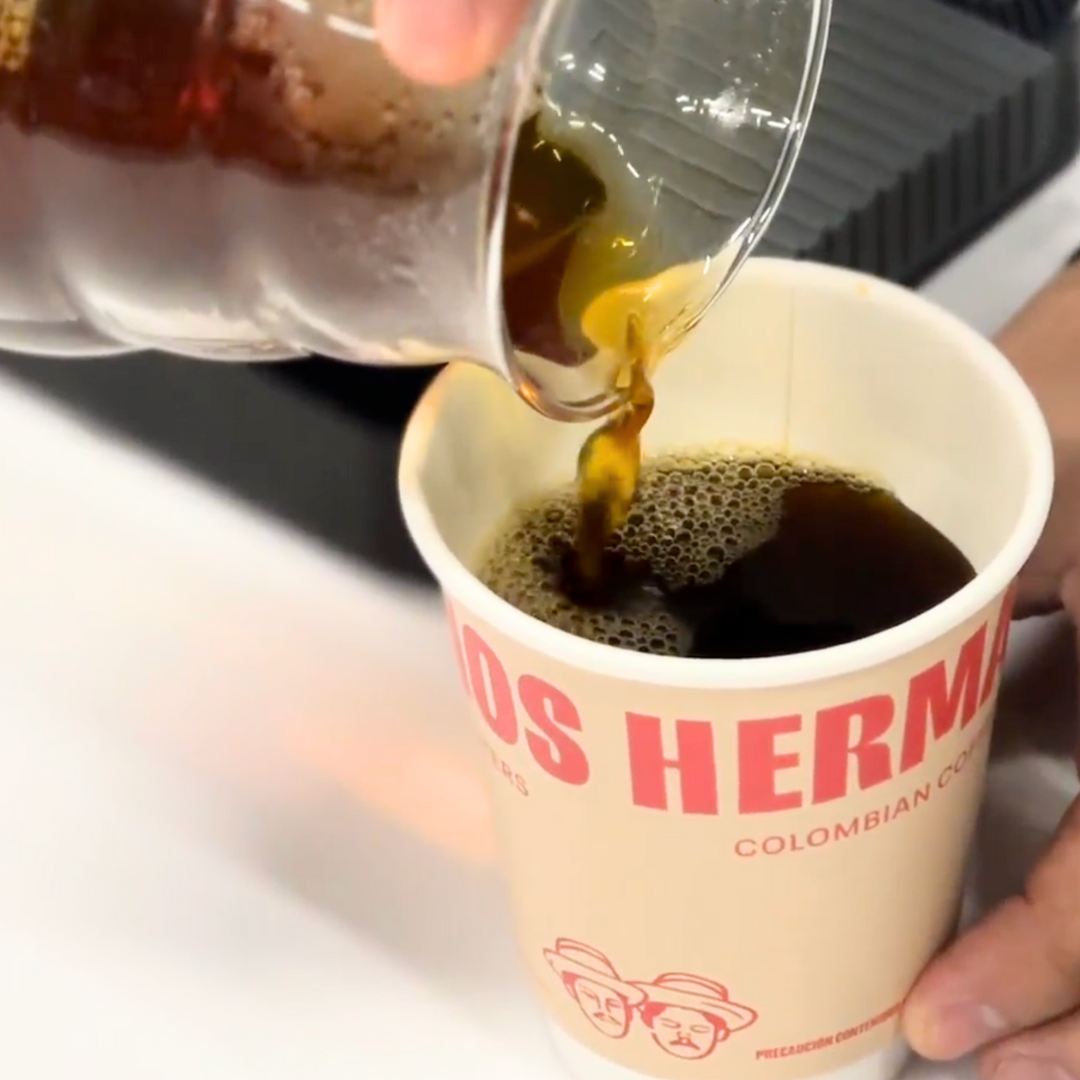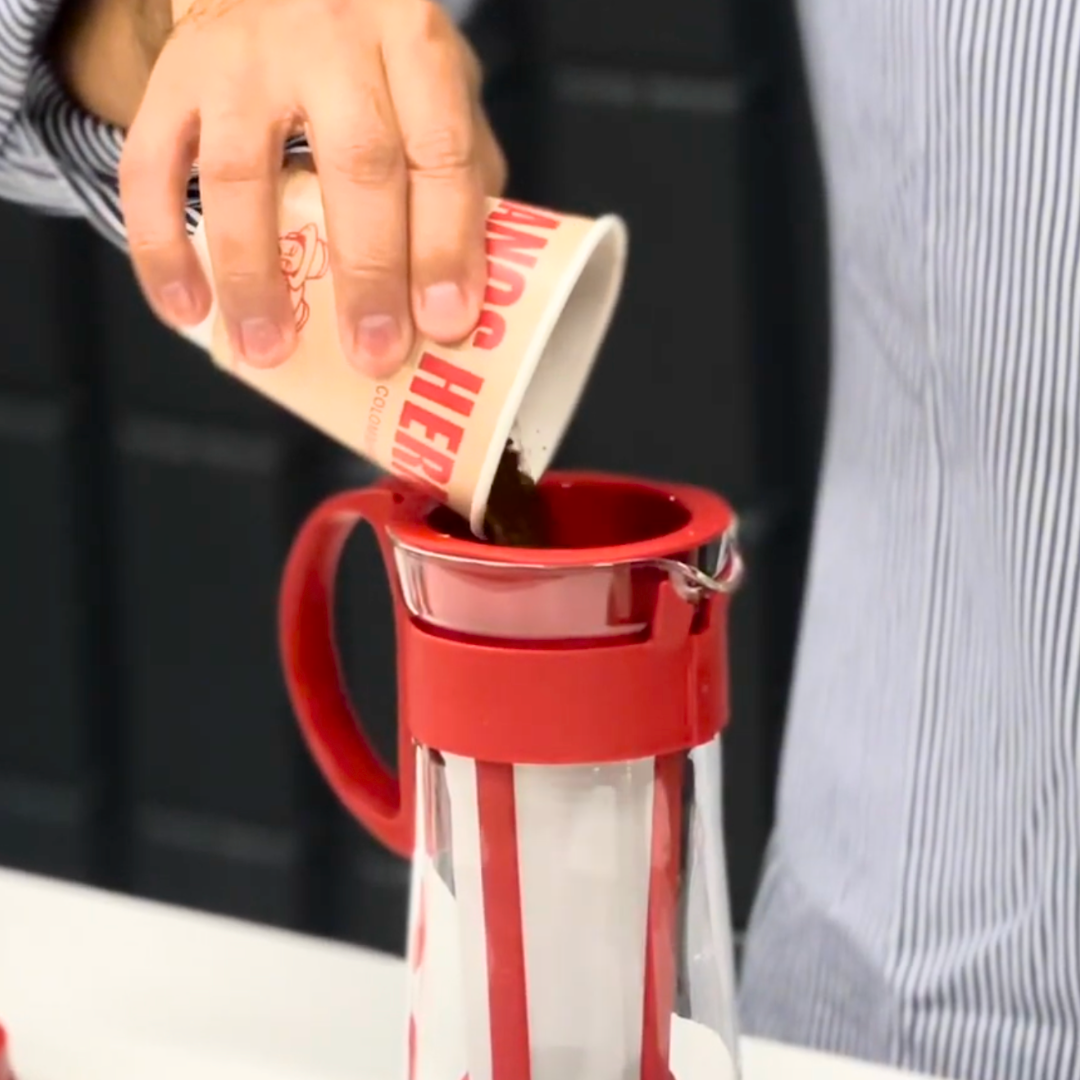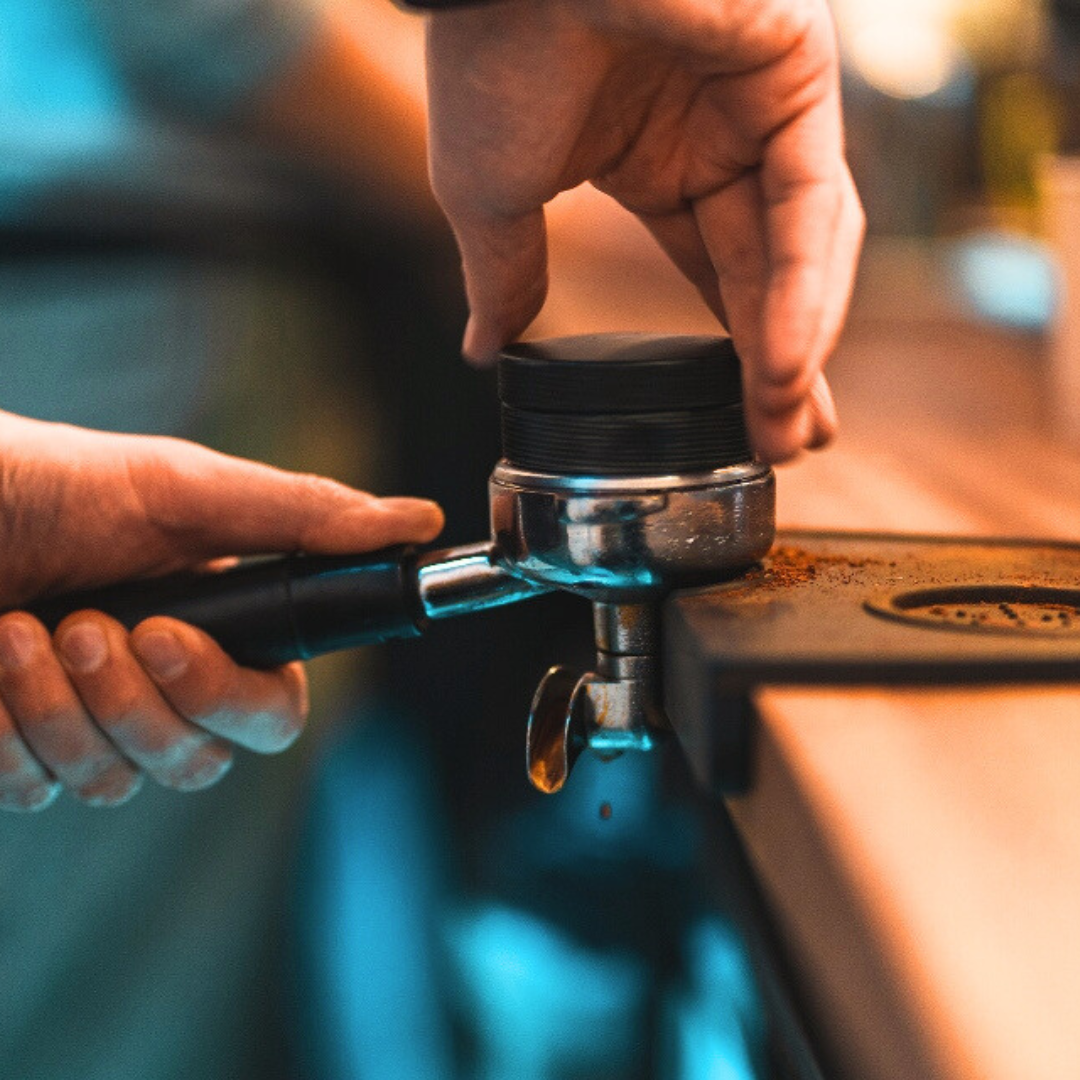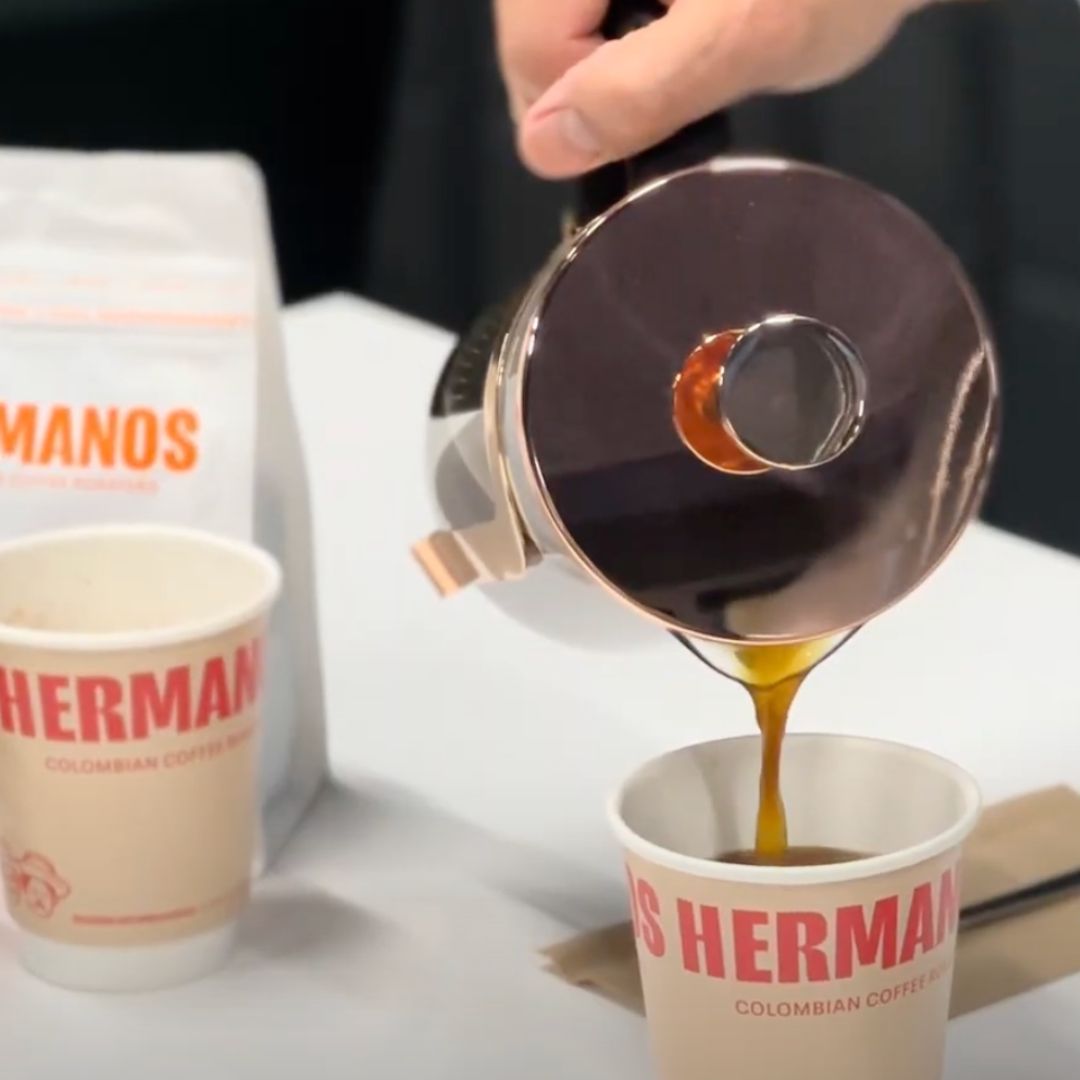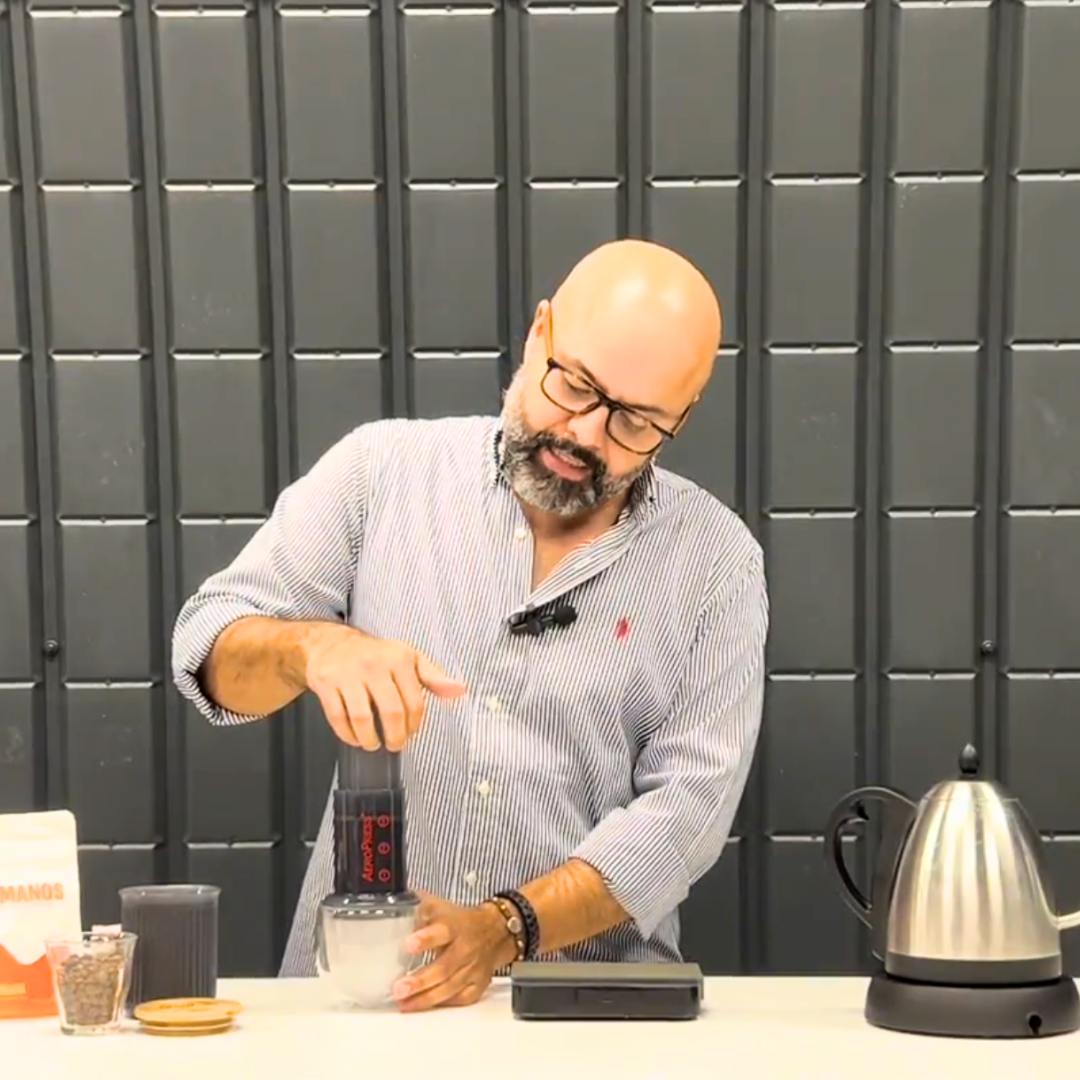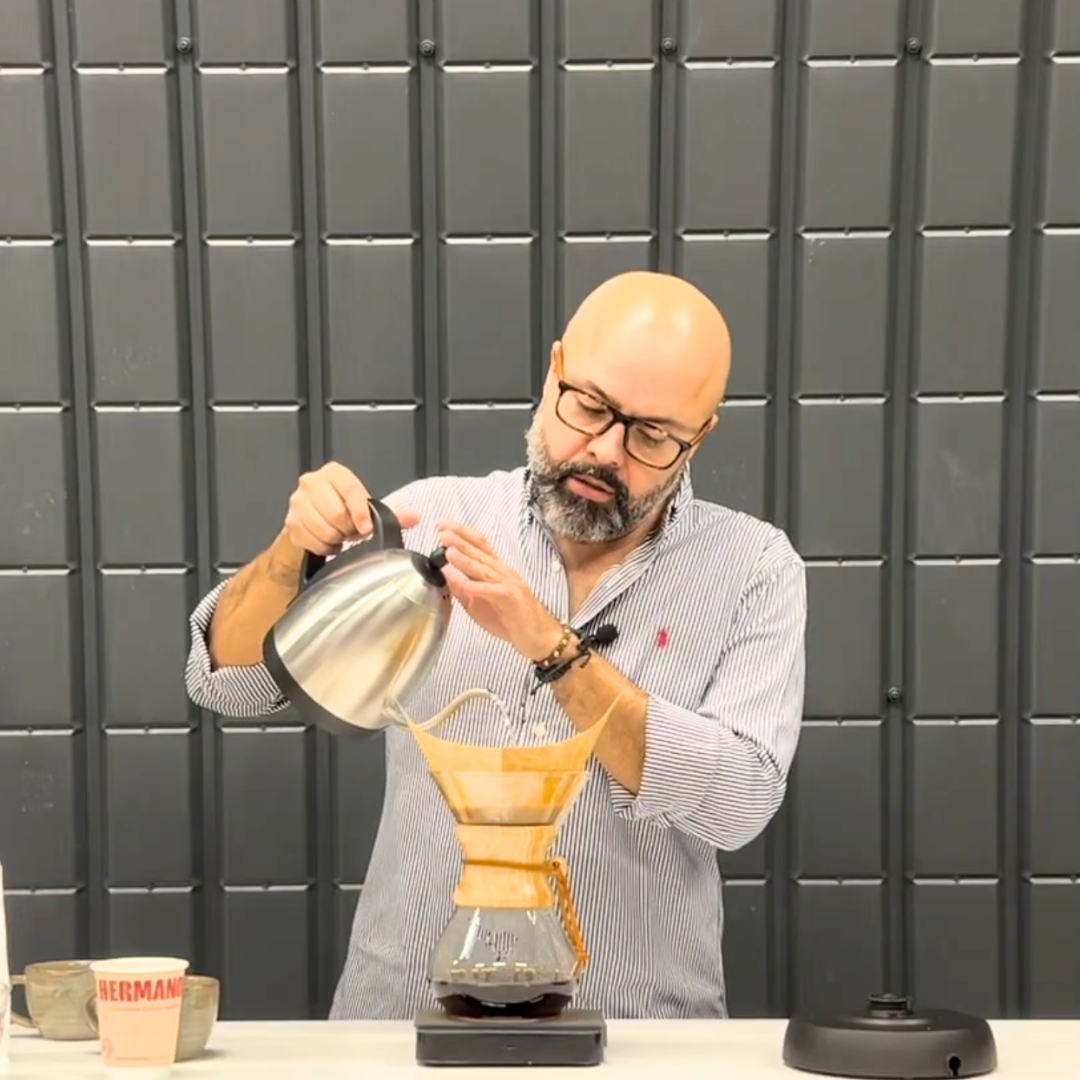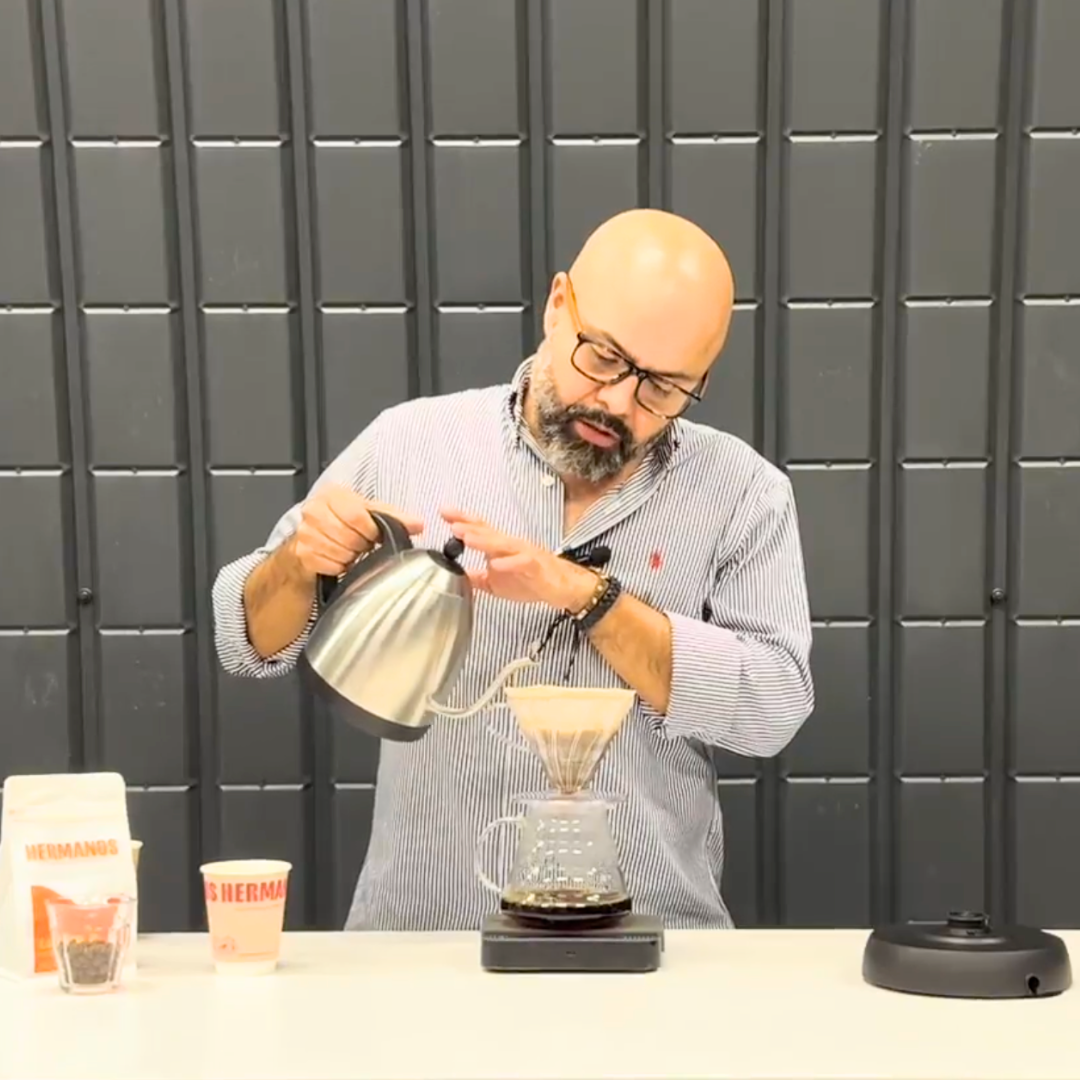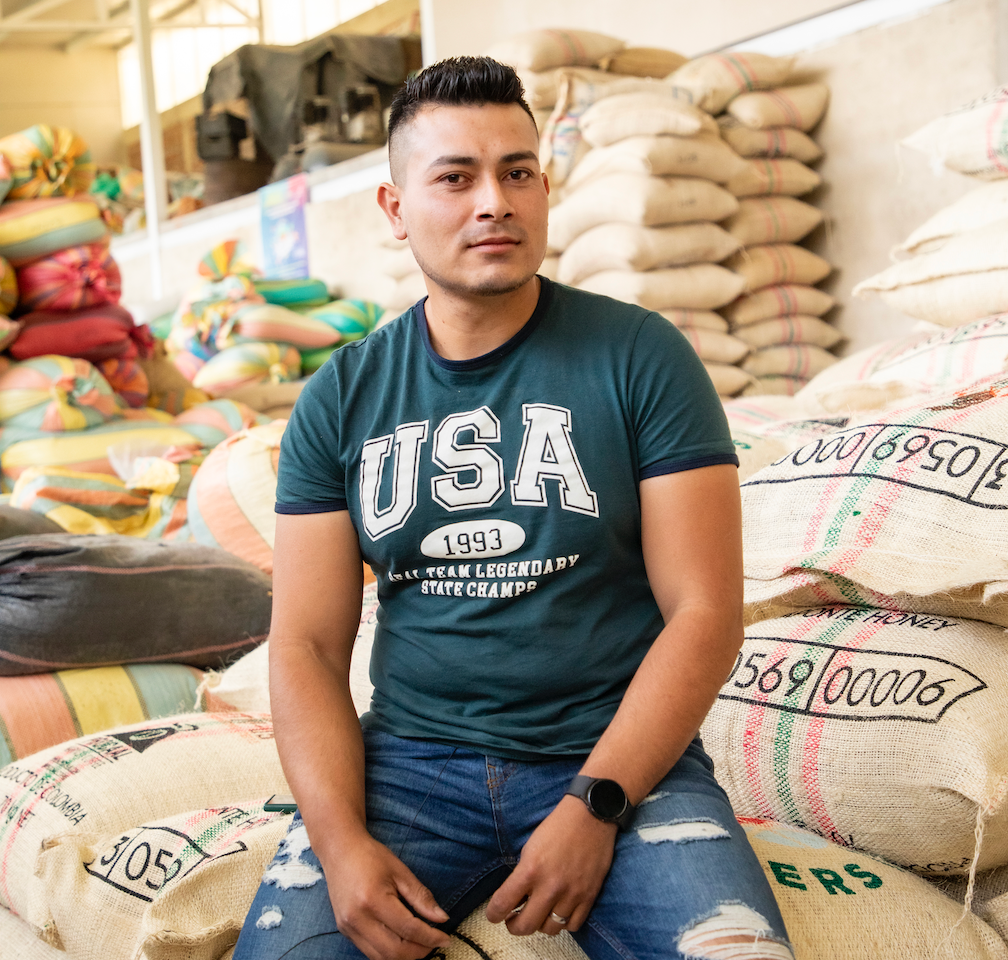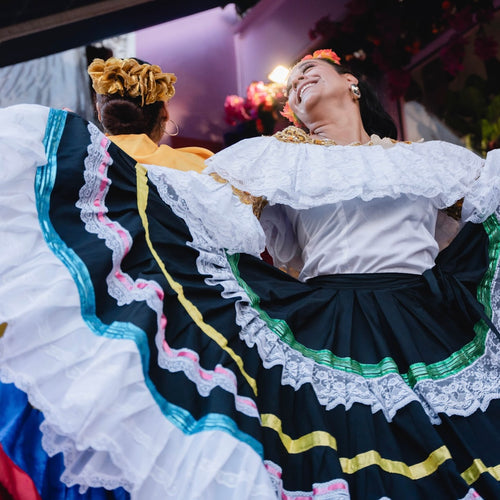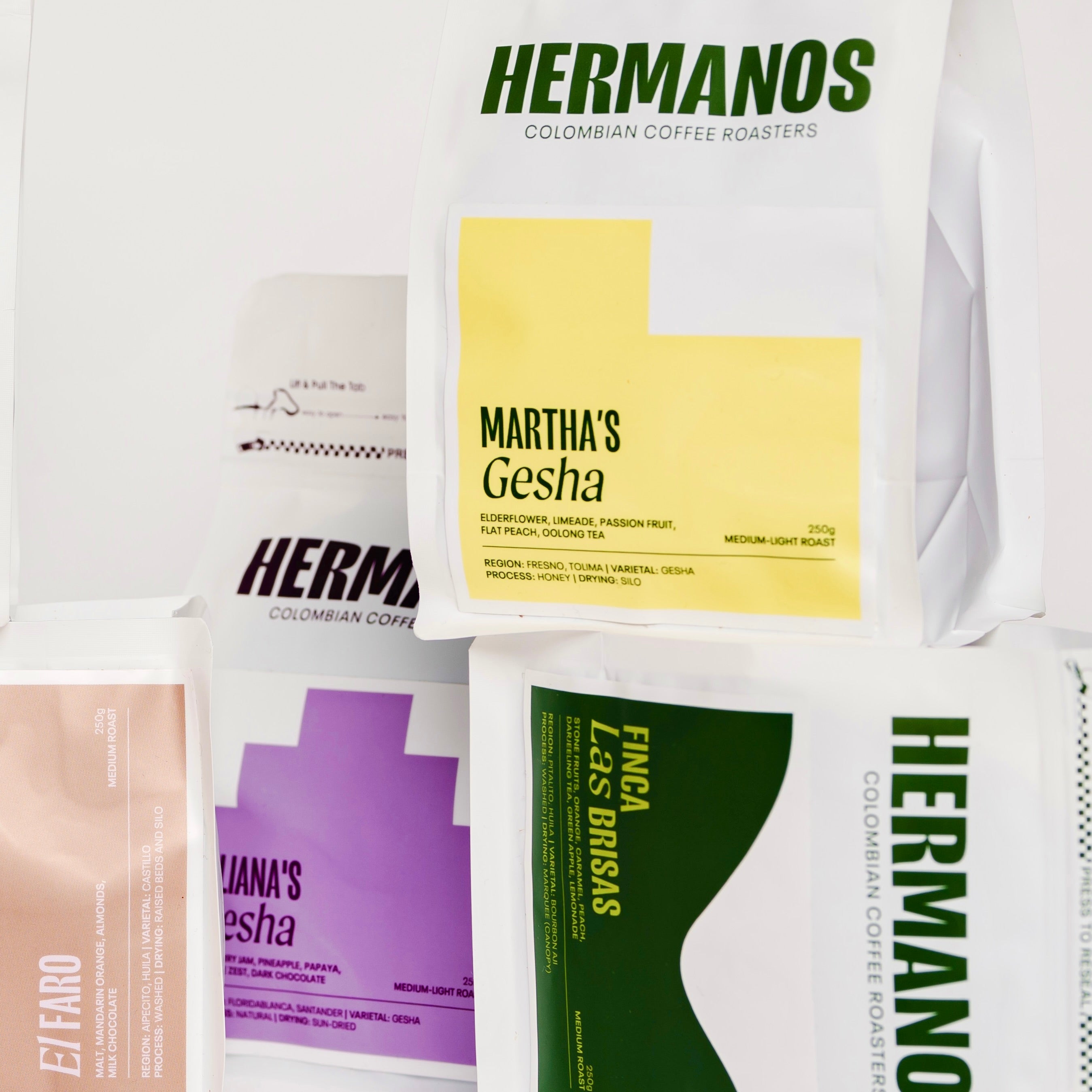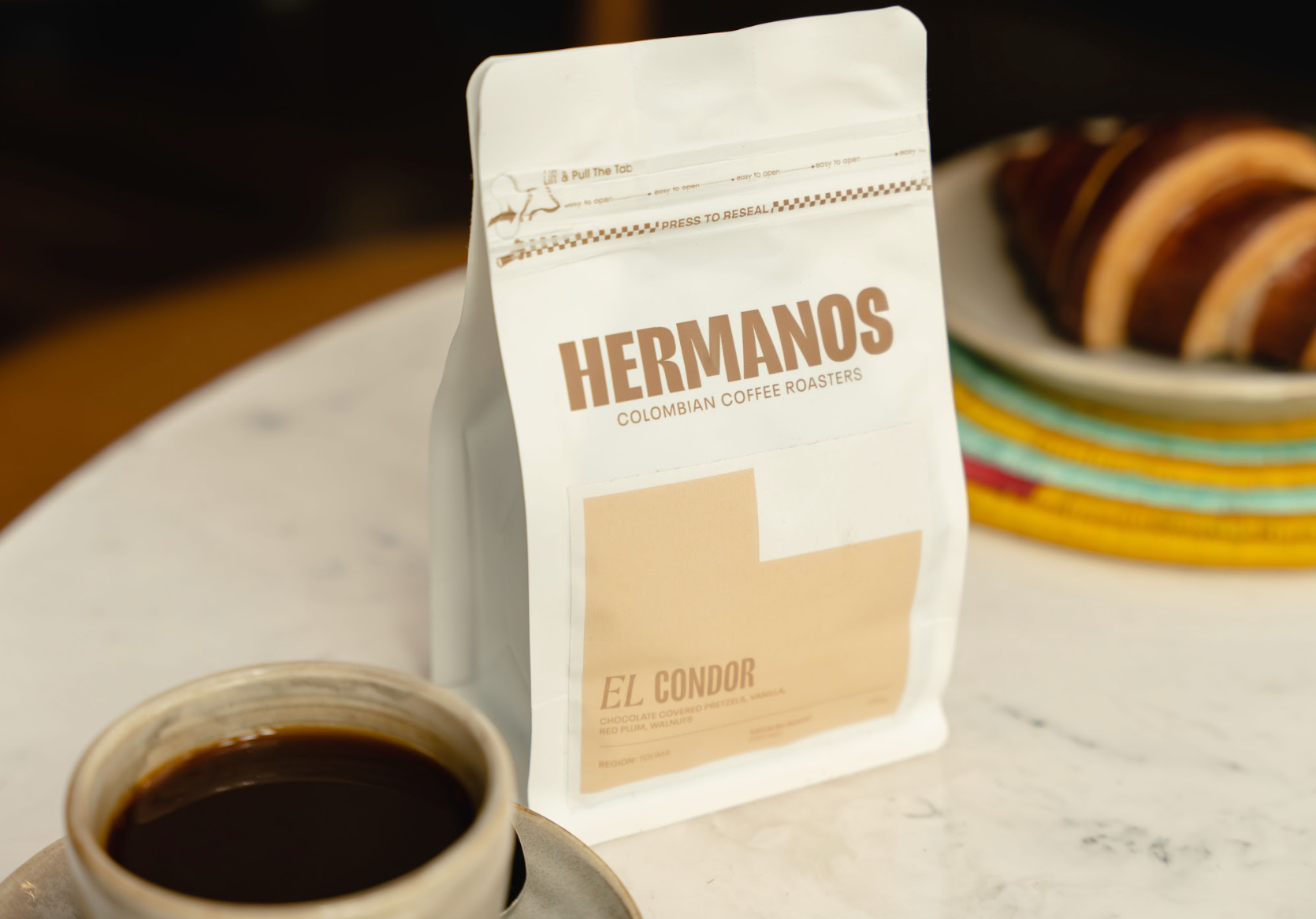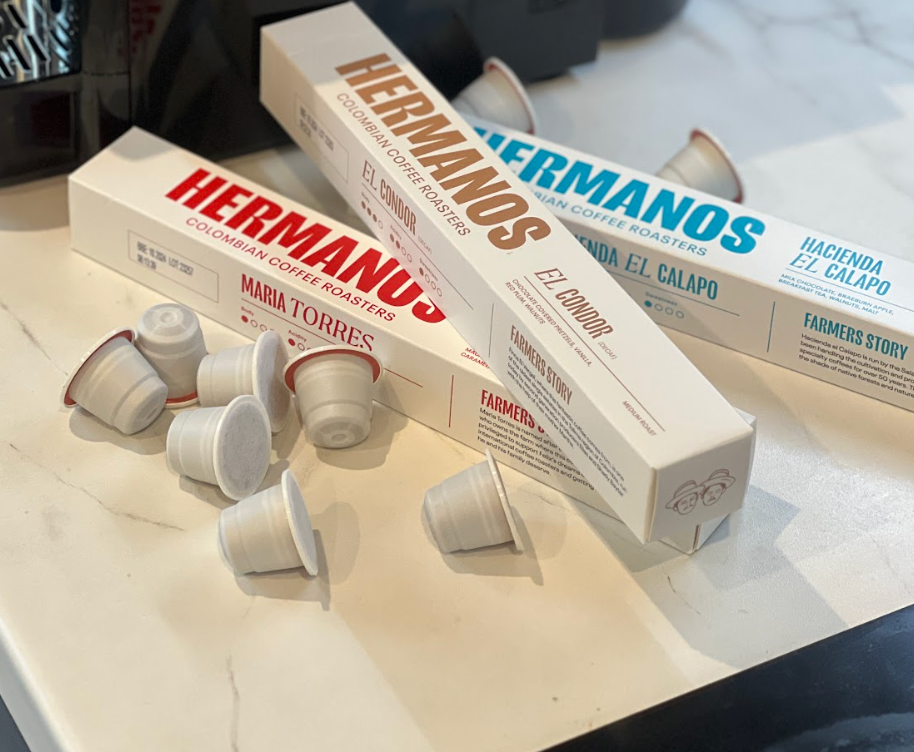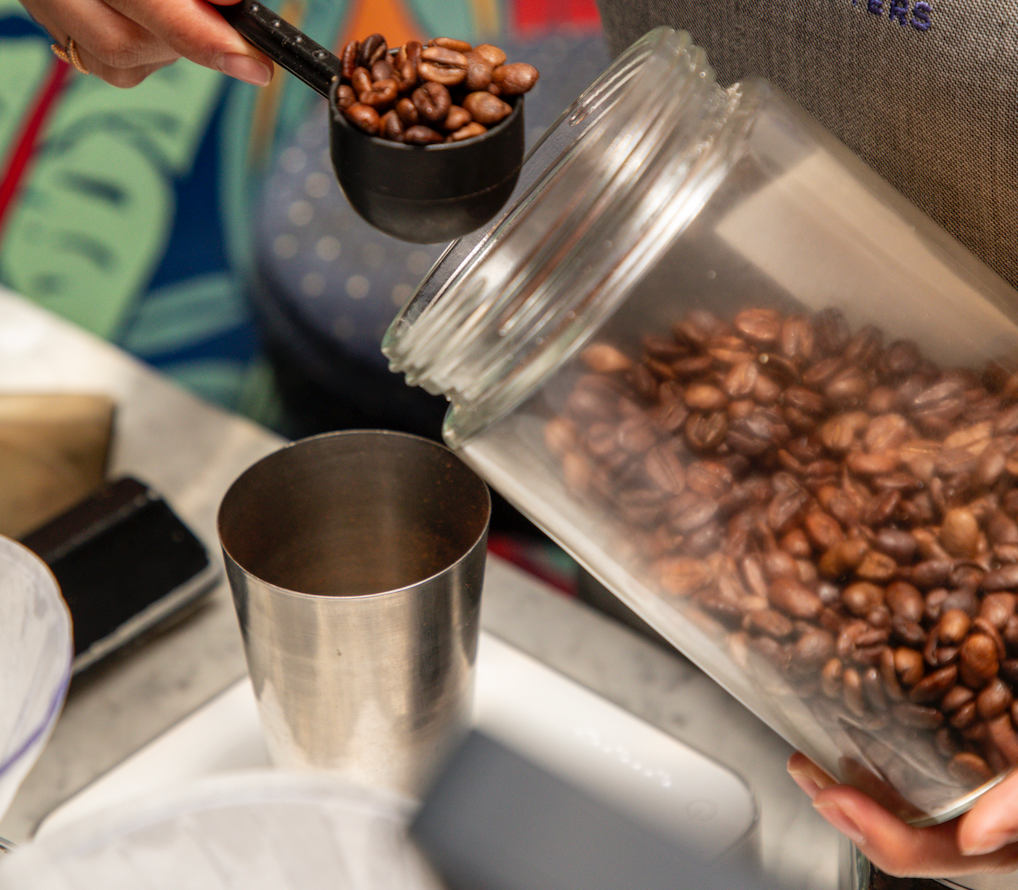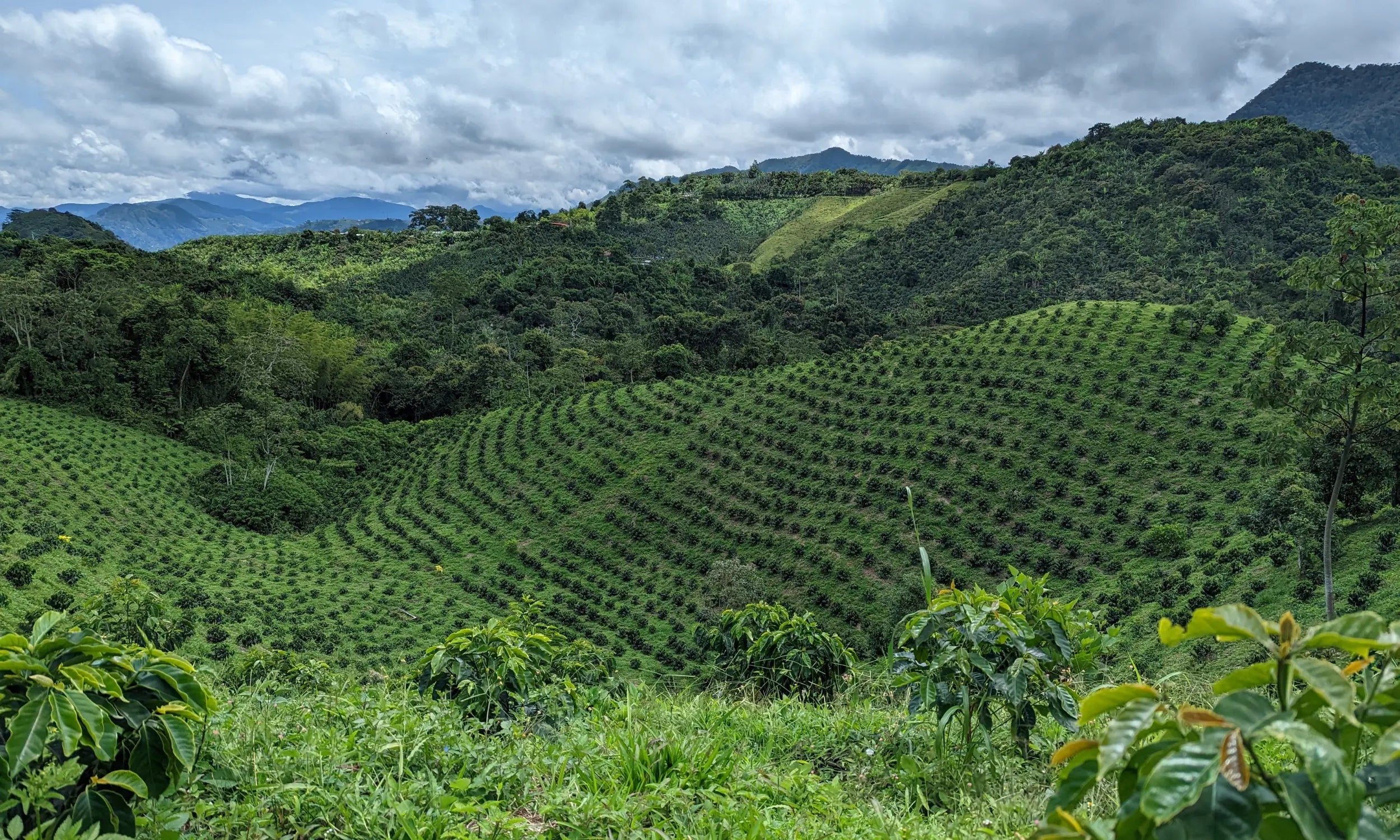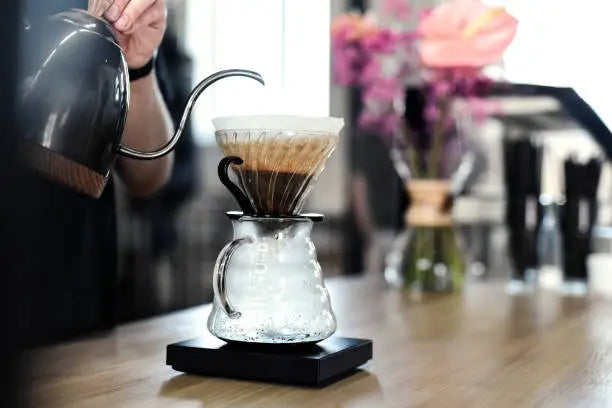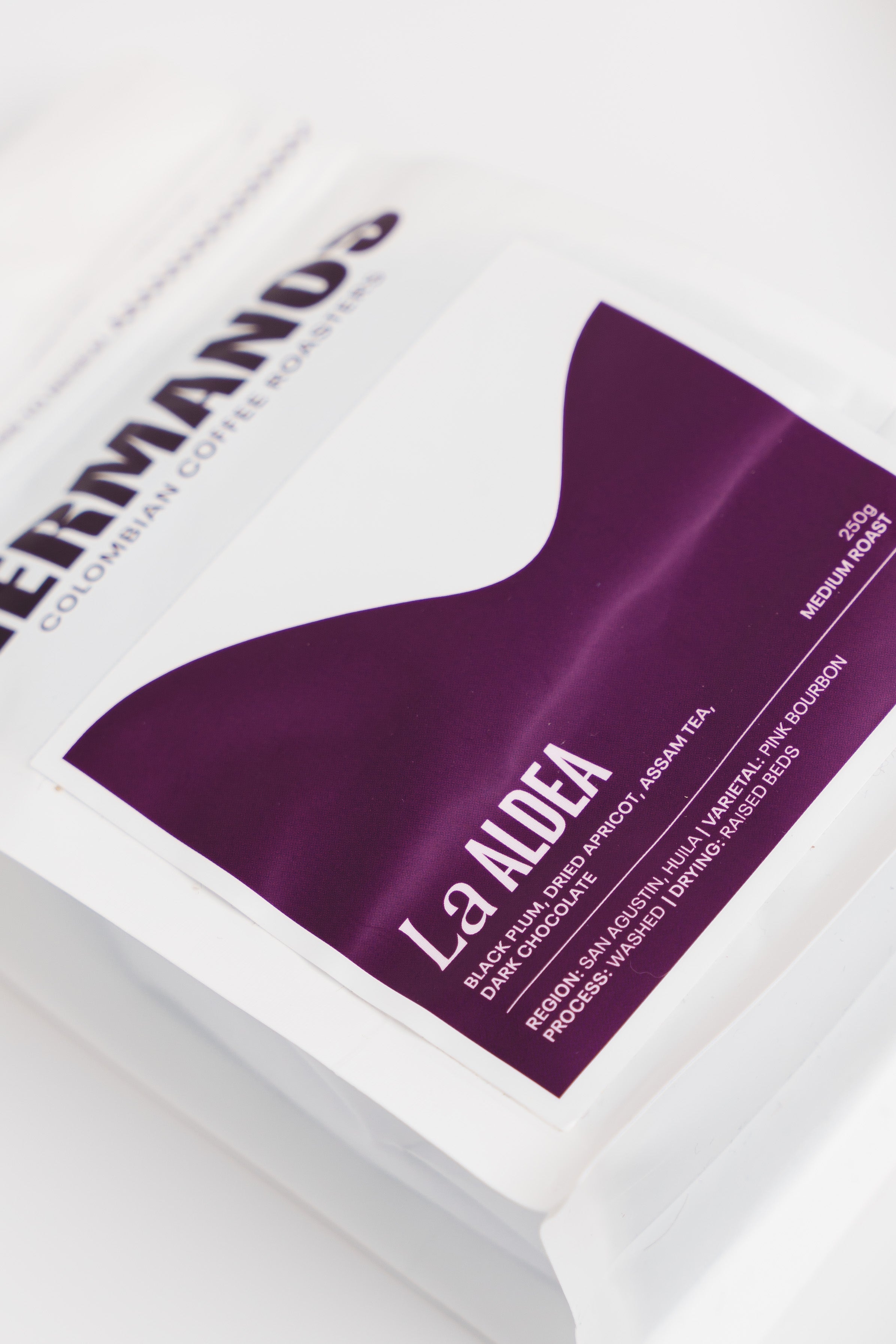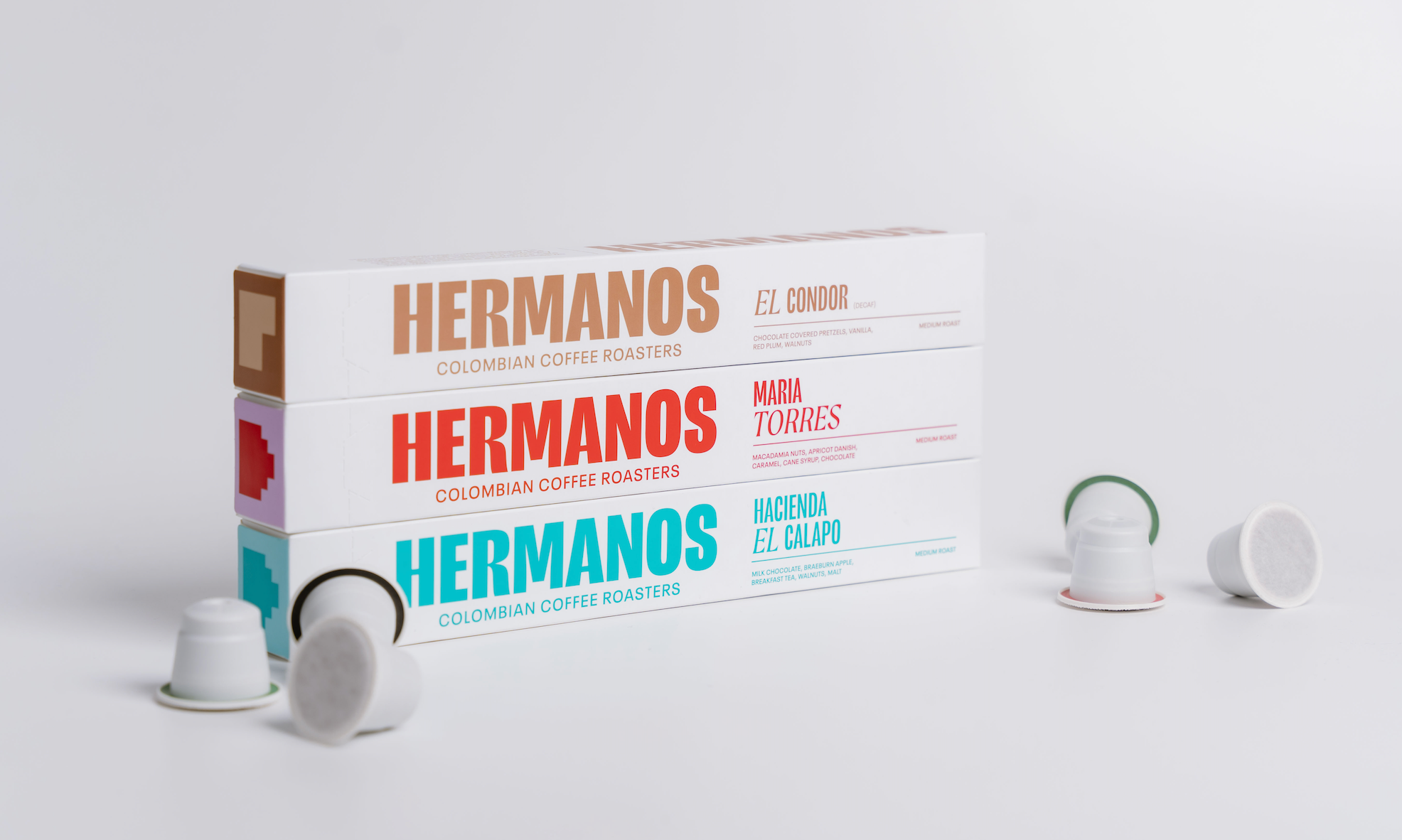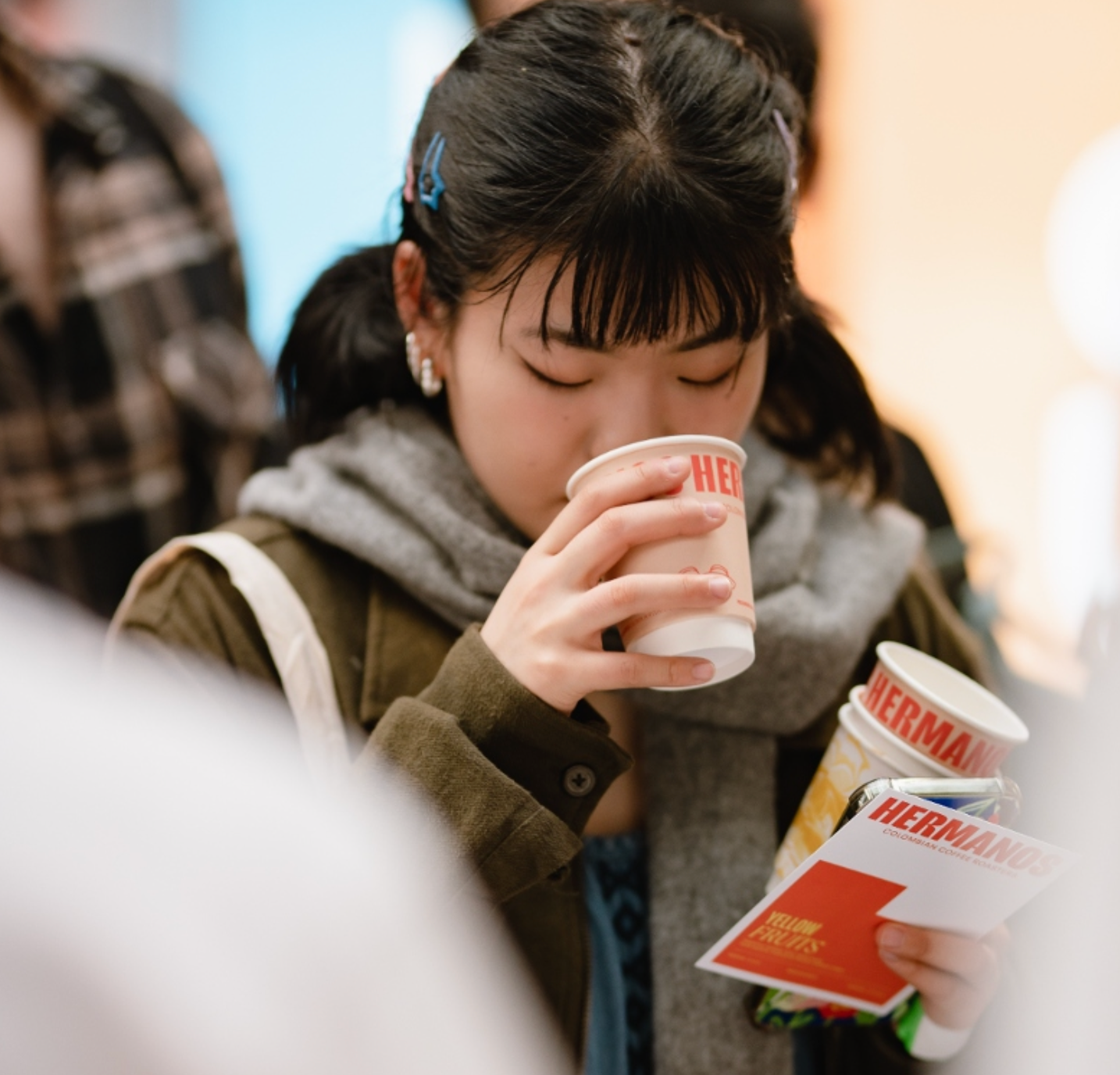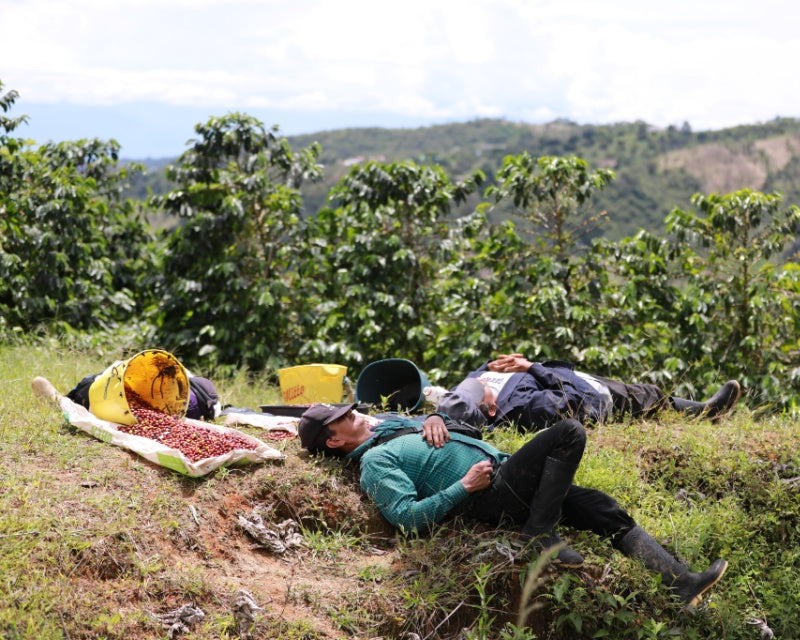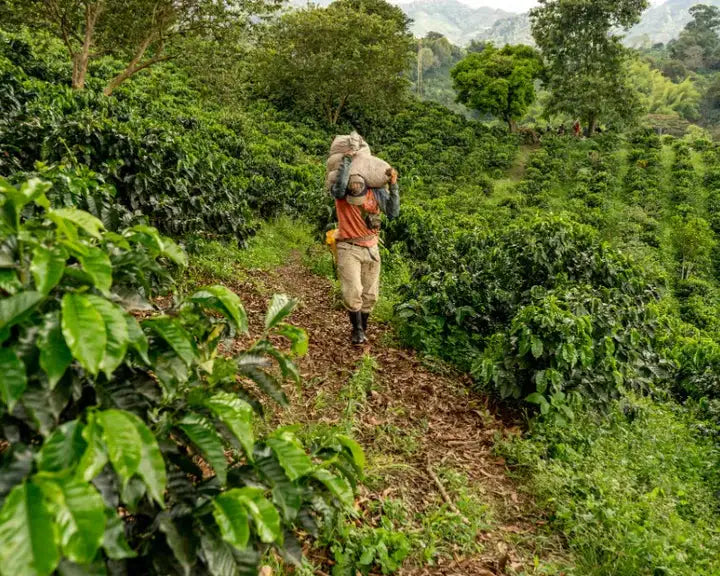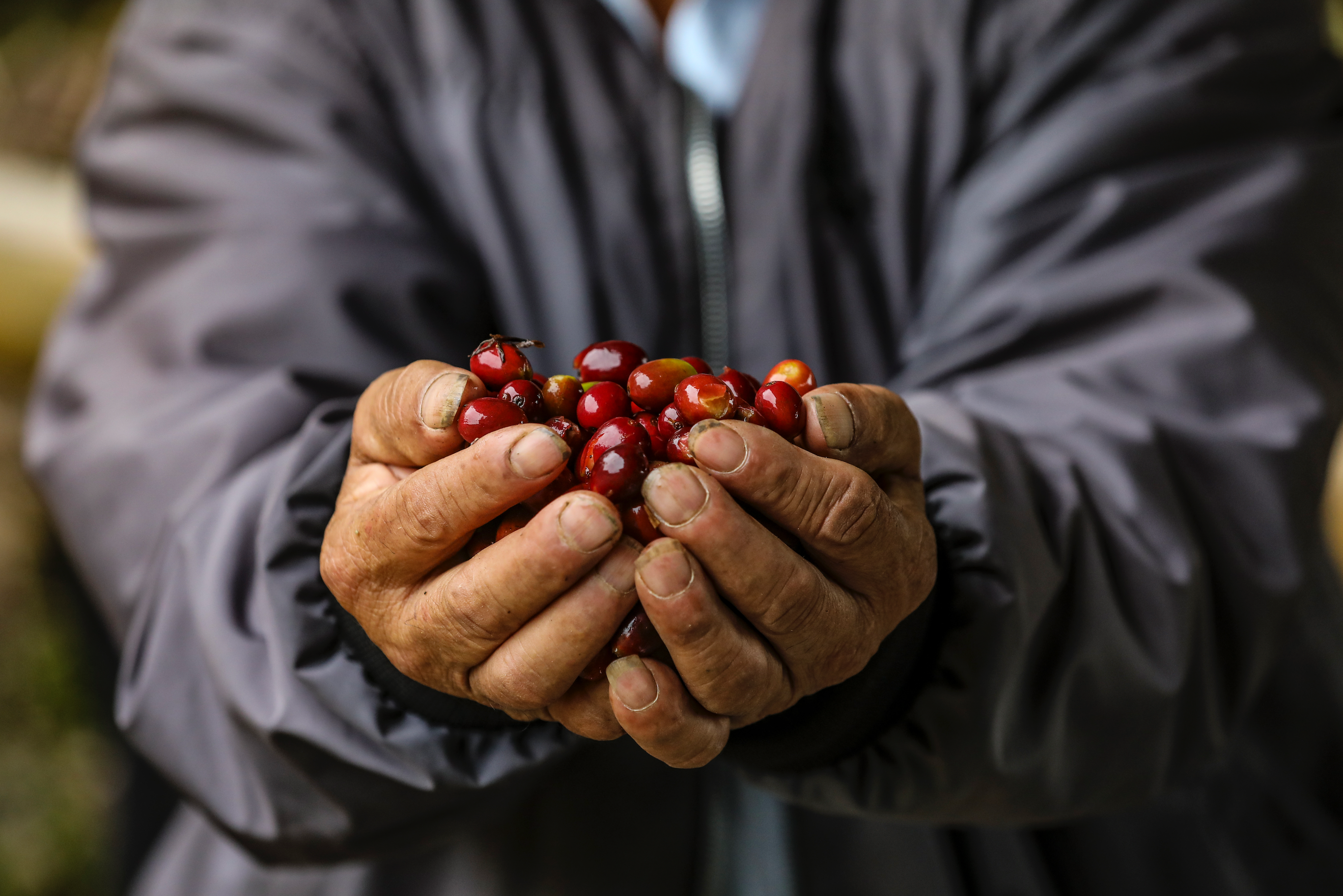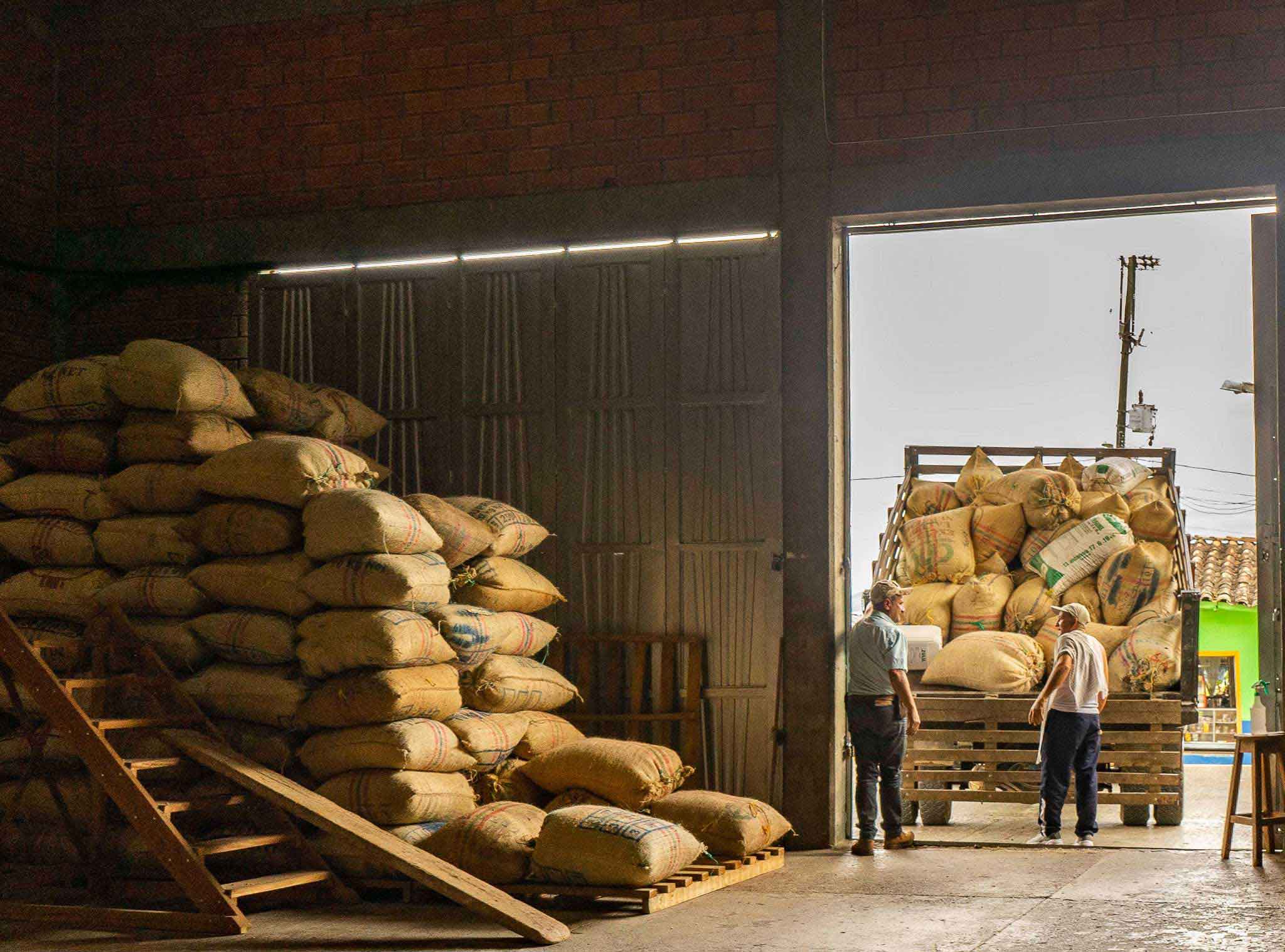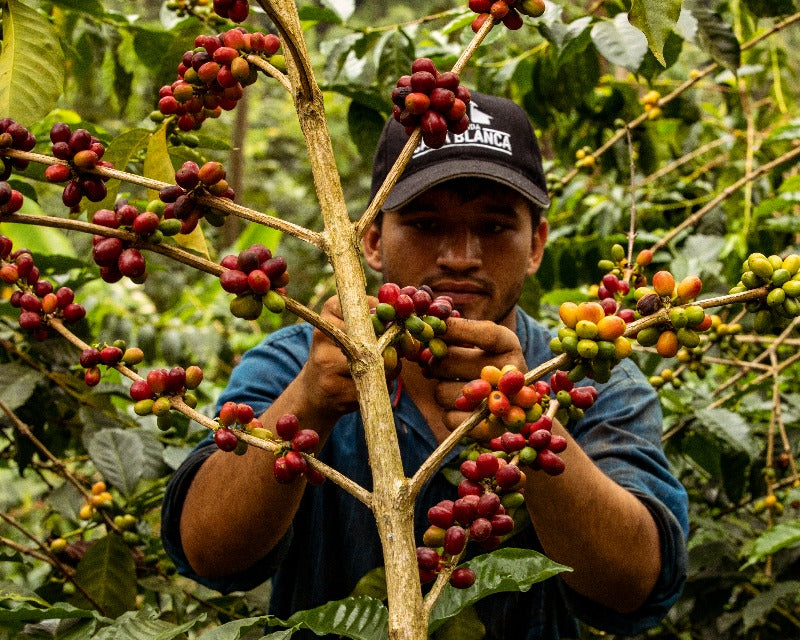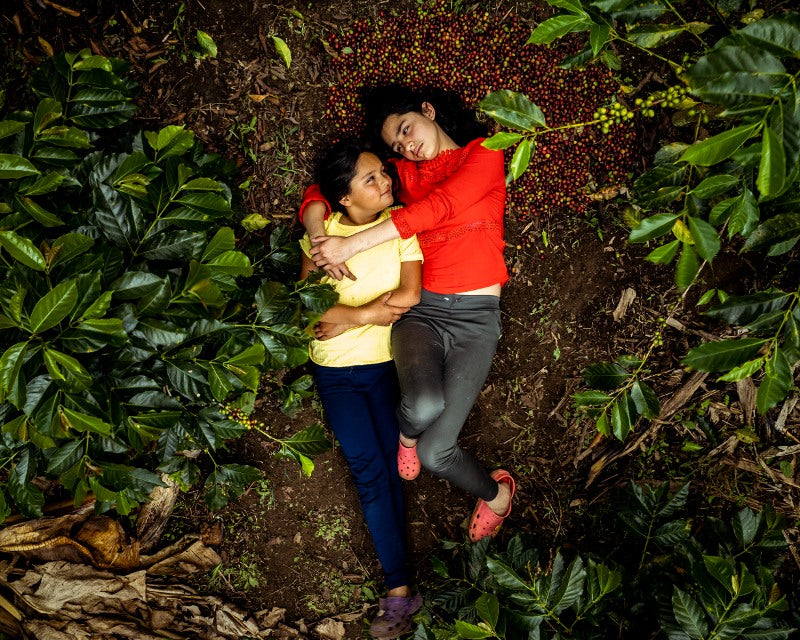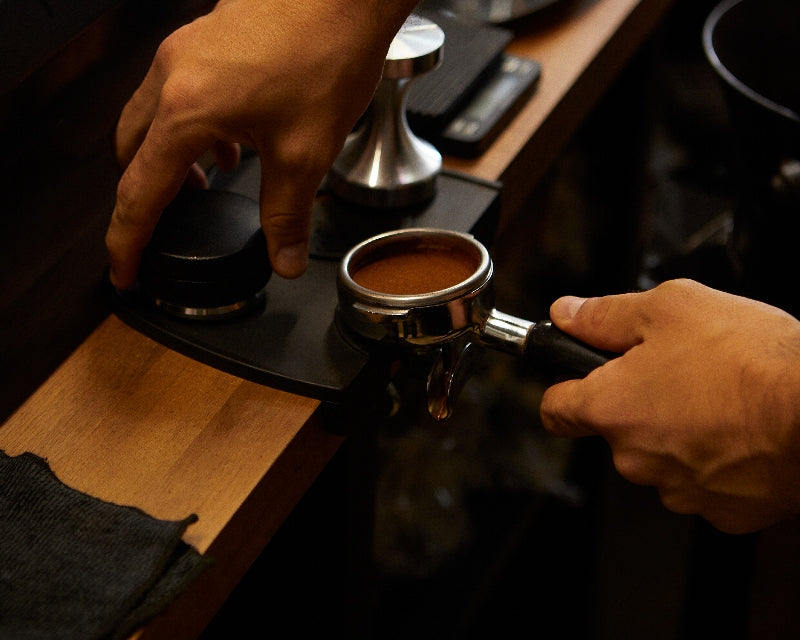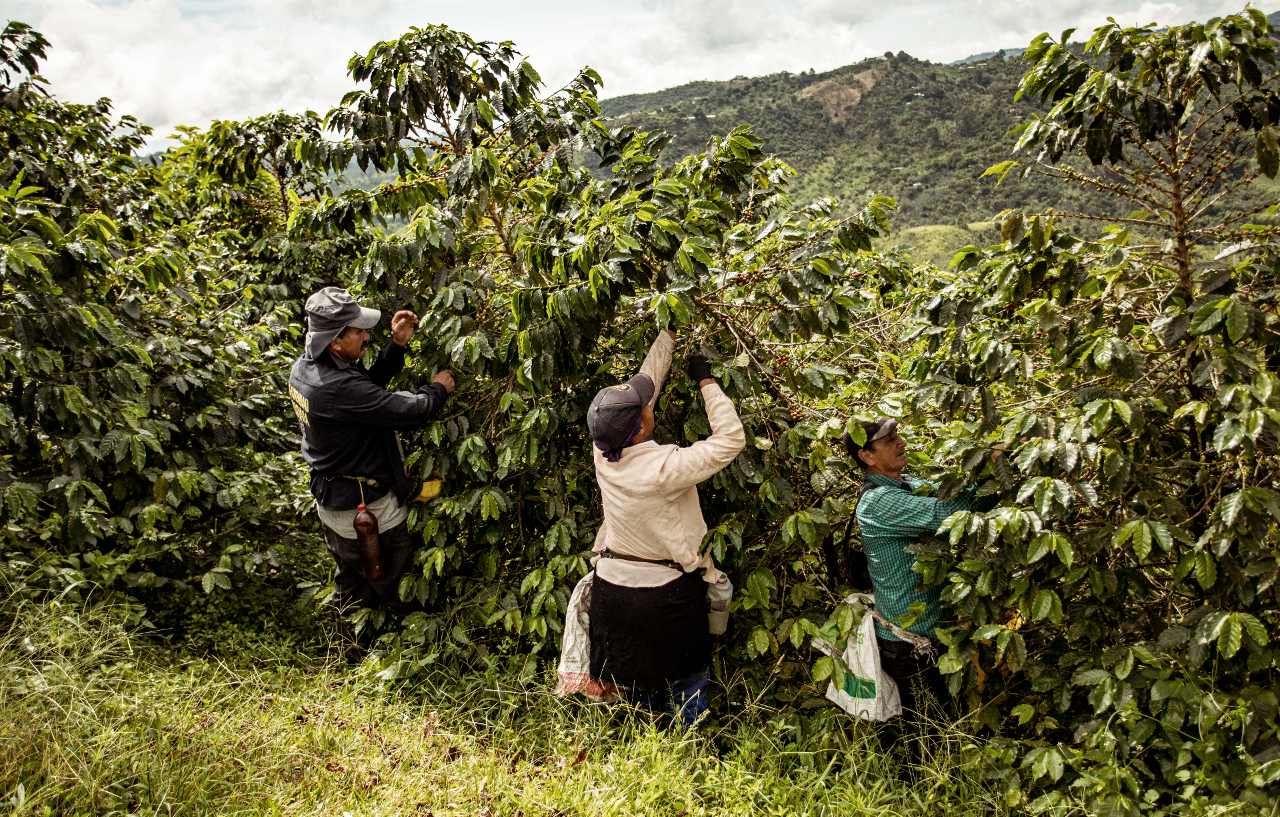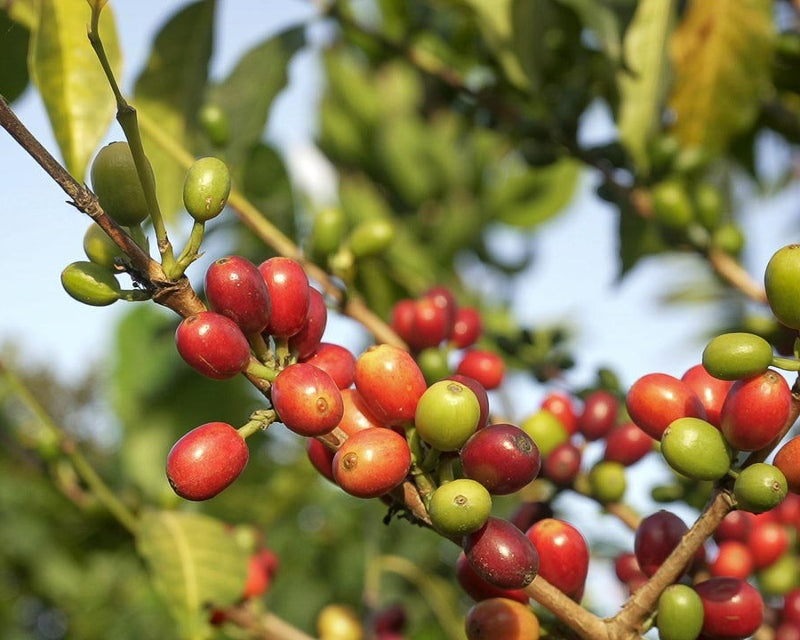Does knowing the origin of your coffee offer clues about how it will taste? Yes.
While diversity exists when comparing different coffees from any nation, whether it’s Colombia, Brazil or Indonesia, these places are also famous for producing coffees of a certain profile.
Several factors, ranging from a country’s climate and altitudes to the way local farmers process their beans, have an impact on flavour.
Classic Coffee Profiles from Coffee Producing-Countries
|
Brazil
|
Low acidity, heavy-bodied and sweet, often with chocolate and nutty flavours.
|
|
Colombia
|
A huge spectrum of flavours ranging from chocolatey and nutty to jammy, sweet and fruity, due to the diverse microclimates found across the country.
|
|
Indonesia
|
Heavy-bodied, earthy, spicy and woody with very little acidity.
|
|
Vietnam
|
Predominantly Robusta coffee that lacks sweetness and high-quality coffee characteristics, which is incredibly popular locally when mixed with condensed milk.
|
|
Ethiopia
|
Highly diverse coffees offering citrus and floral notes as well as sweet and tropical fruit flavours. Washed coffees often offer complexity and natural coffees can be incredibly fruity and unusual.
|
|
Kenya
|
Highly fruity and complex but also sweet and clean, similar to coffee from many East African countries.
|
|
Yemen
|
Highly complex and wild with notes of fermented fruits — offering something different to many coffees from around the world.
|
Coffee is grown in more than 50 countries but nearly 70 per cent of the world’s coffee is produced by Brazil, Vietnam, Colombia and Indonesia.
Origin Factors Influencing Coffee Flavour

Climate & Terroir
To produce specialty Arabica coffee, crops need certain conditions to thrive. This includes a temperate or tropical climate with no frost; plenty of sunlight; and plenty of water. Fertile well-drained soil and shade are also important.
Yet, even when a location has everything it needs to grow good coffee, the specific characteristics of a farm will influence the way the coffee plant develops and how the bean will eventually taste when it’s roasted and brewed. Average temperatures, rain levels, soil composition, availability of canopy trees for cover and more all impact coffee in different ways. And combined, these things bring out different qualities of the bean, from sweetness and acidity to specific flavour notes.
The natural environment can change drastically from country to country — and even between neighbouring countries and regions within the same country — leading to distinct results that, when compared with other coffees, shows us just how sensitive coffee is to terroir.
|
Terroir
|
The natural environment in which a particular coffee is produced, including factors such as temperatures, rain, soil composition, topography, shade and specific agricultural processes applied to these crops by humans.
|
In countries that have many different microclimates like Colombia, you will naturally find more diversity in coffee profiles across the nation.
Altitude/Elevation
Generally, the higher up a farm is located, the more likely it is to produce fruitier, more complex and more acidic coffee. Similarly, lower altitudes are associated with coffees that are more earthy (with chocolate and nutty flavours).
Higher elevations lead to colder climates, which extends the growth time of the coffee plant/cherries and adds more depth in flavour. Most coffee-producing countries are “warmer” places on the whole, however, growing temperatures can’t be too high so farms are usually located high up in mountainous areas.
As climate change increases average temperatures across the globe, farmers are now pushed even higher to access the kind of climate they need to keep producing high quality specialty coffee with profiles that sell well in international markets.
Learn More About Altitude and Coffee Growing
Harvest Methods

Farms producing specialty grade coffee are more likely to handpick cherries to ensure only suitably ripe beans make it into the final batch. The more attention paid to sorting and categorising cherries before processing starts, the more likely a farm will produce exceptional specialty coffee.
However, each origin will have its own practices when it comes to harvesting coffee. In situations where coffee is strip-picked from a tree all at once (often with a machine to save time and money), the result of combining beans of different ripeness will reduce overall quality.
Whether it’s due to landscape or resources, different origin locations will rely on certain methods for harvesting. In Colombia, for instance, hand-picking is a necessity because the steep inclines that most smallholder farms are situated on make it impossible for machines to help in any mass-scale processes.
Processing Methods
Local processing practices also contribute to a coffee’s terroir. Producers around the world choose from a number of different methods to increase the yield of their batches and influence quality and flavour. This can range from traditional methods to the more experimental.
Coffee farmers also need to adjust these processes based on the local geography, climate, and resources — as well as any changes to the environment or their circumstances (e.g. climate change).
For instance, Brazil is famous for its naturals and pulped naturals, producing coffees of greater sweetness and body while Kenya is known for washed processing its coffees, creating beans that are incredibly clean.
Read More About Coffee Processing Methods and How They Affect Flavour
Tradition and Resources
Some coffee growing communities have more support and funding than others. This may come from local organisations such as cooperatives and collaboration between neighbouring farms, or it may come directly from the government in the form of finance, education and equipment.
For instance, the work of Colombia’s Coffee Growers Federation (The Federación Nacional de Cafeteros de Colombia) has protected the interests of farmers, identified threats to the sector and ultimately contributed to the national production of high-quality coffees for many years.
Equally, in countries that have been growing coffee for generations, there is naturally greater collective knowledge among families and communities that can aid coffee growing, compared to countries that haven’t been growing coffee for quite as long.
Single Origins vs Blends

It's not easy to understand how origin has impacted flavour if you’re not drinking single origin coffee. When two or more coffee beans from different origins/countries are combined to make a blend, this brings together the various (and sometimes very different) qualities of each origin to create an entirely new concoction.
Sometimes the results are predictable with blends purposefully created to offer a well-rounded everyday coffee experience you’ll find as the “house blend” from many brands, while other blends will be more unusual or experimental.
If you’re looking to learn more about how different countries offer distinct characteristics or profiles, we’d recommend sticking with single origins and searching for products that provide as much information as possible about the farm that a coffee was grown on, including details such as elevation (metres above sea level, or masl), varietal, and the specific geographic location/farm.
What Makes Colombian Coffee So Special?
Types of Single Origin Coffee Explained
|
Single Country
|
A general descriptor used for coffee that comes from one country. Coffee is mixed from various farms within a single country.
|
|
Single Region
|
Coffee that comes from a specific region, perhaps combining coffees from multiple farms within one area. Climate and growing conditions are likely to be more similar.
|
|
Single Farm or Cooperative
|
Beans that are produced by one farm or cooperative of multiple farmers that live in the same community and share the same processing station/resources. Close proximity means terroir is likely to be very similar or the same.
|
|
Single Micro-Lot or Nano-Lot
|
A small batch of coffee grown on micro-lots or nano-lots, sometimes within a wider estate that produces multiple types of coffee. These beans are often given extra special attention to unleash greater quality and sold as “premium” and “luxury” due to their limited availability.
|
Choosing Your Favourite Single Origin
When initially choosing your favourite single origins, it’s going to be difficult to remember things like the average elevation of farms in Brazil or how farmers are likely to process beans in Kenya. Instead, the best thing to do is just explore.
By trying coffees from different places, you may be able to discover which countries are likely to produce the kind of profile you like the most. And if you can, get your hands on a coffee tasting bundle to learn more about what specific origins offer or compare bags of beans from different places in your own at-home tasting session!
Explore Our Single Origin Colombian Coffee Beans!













